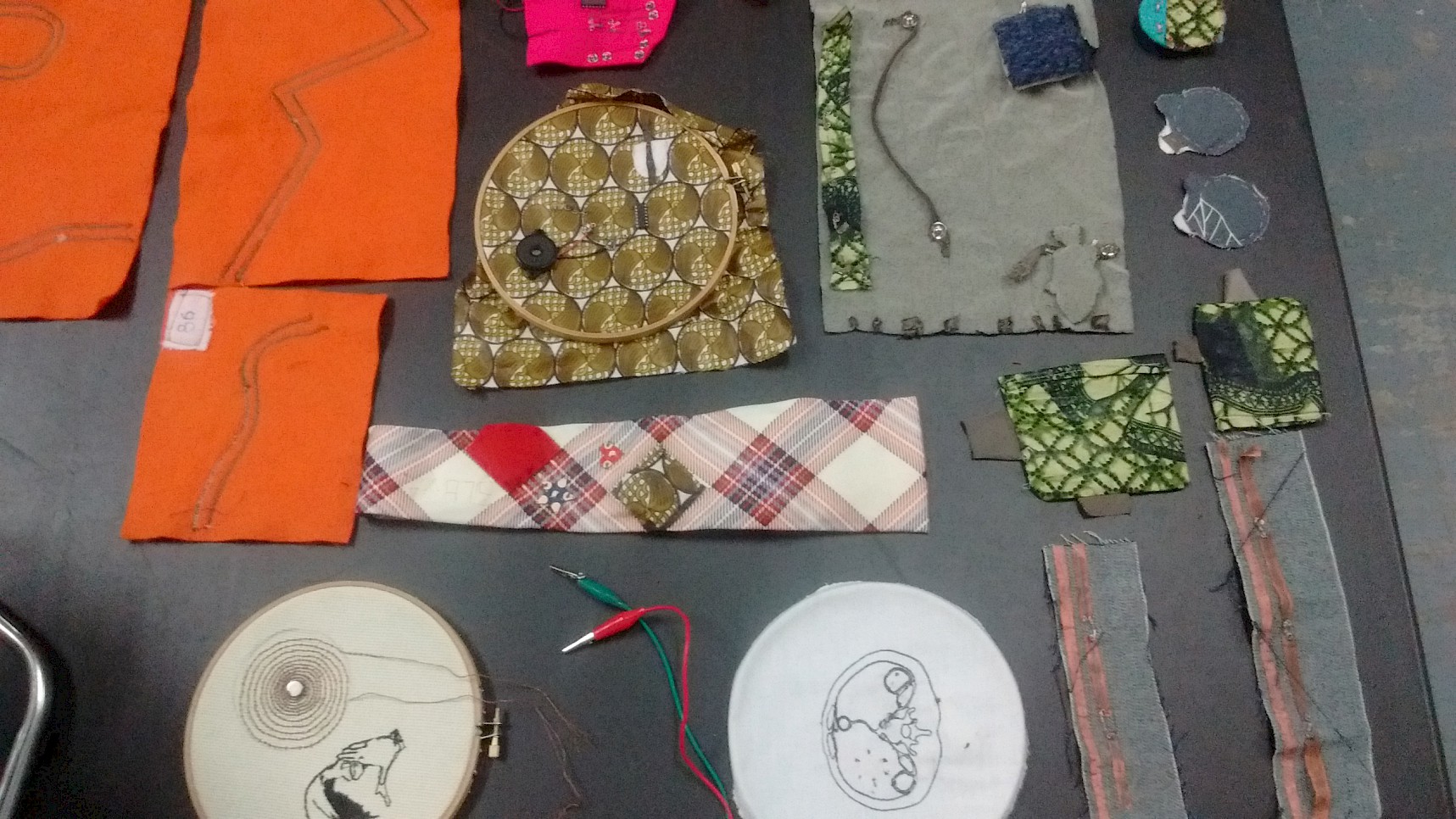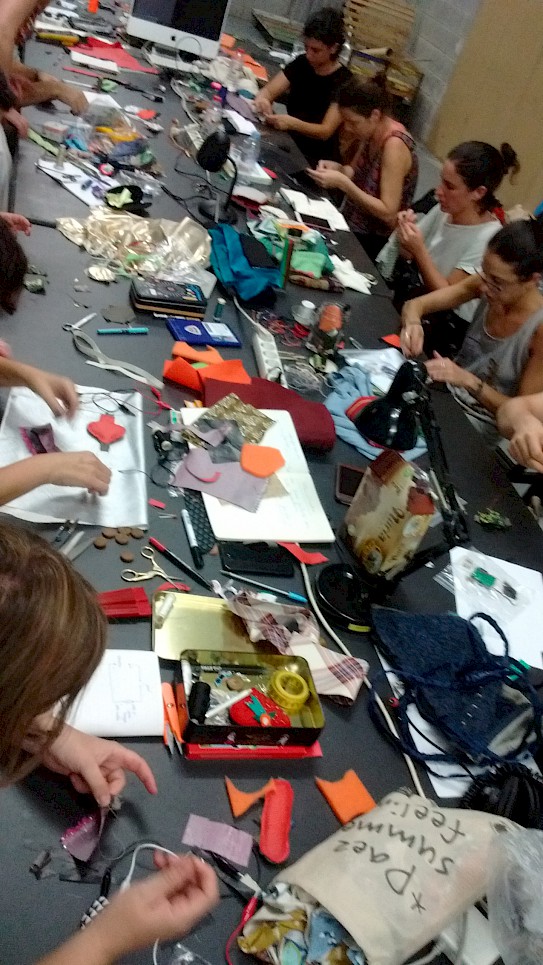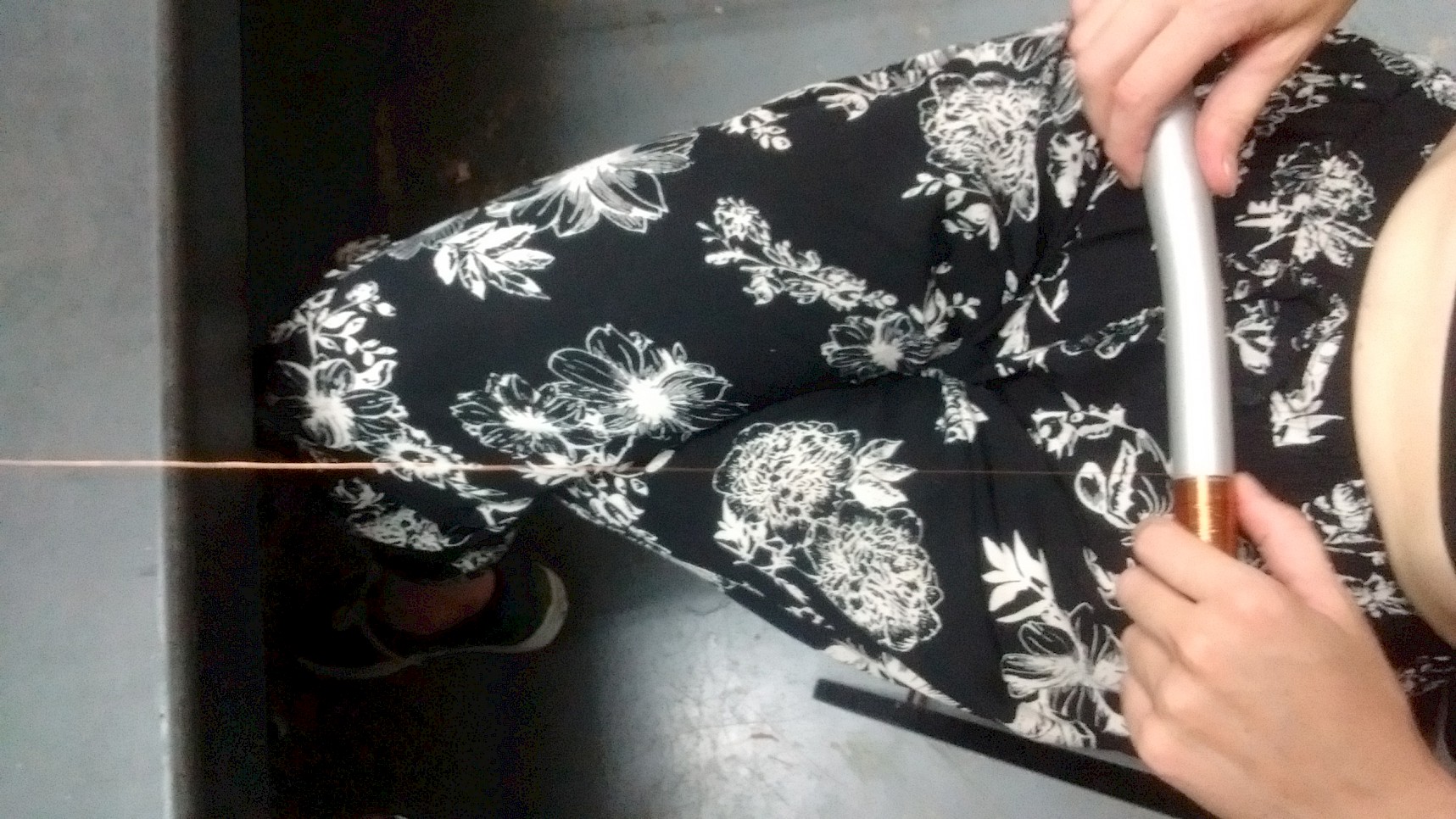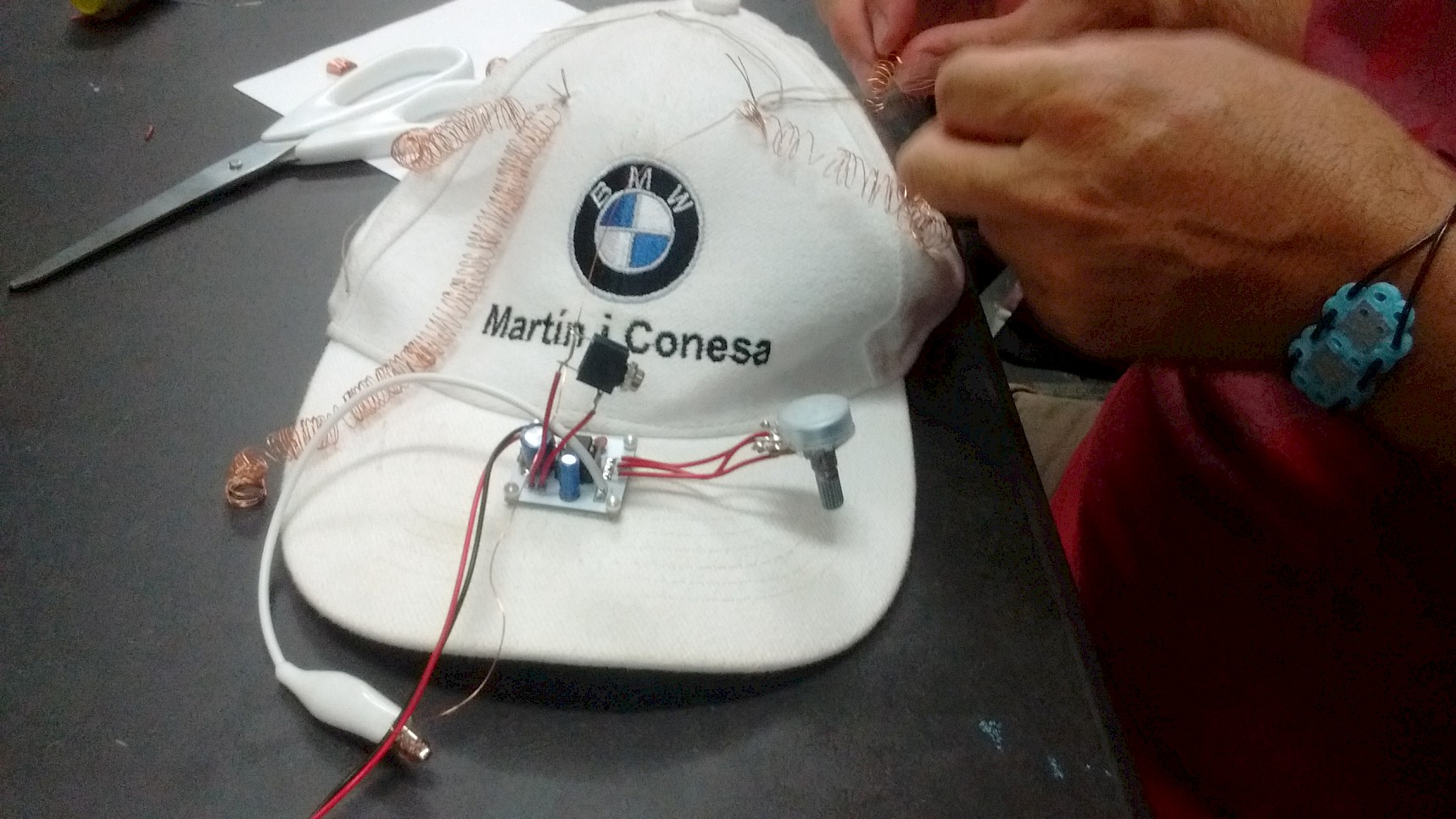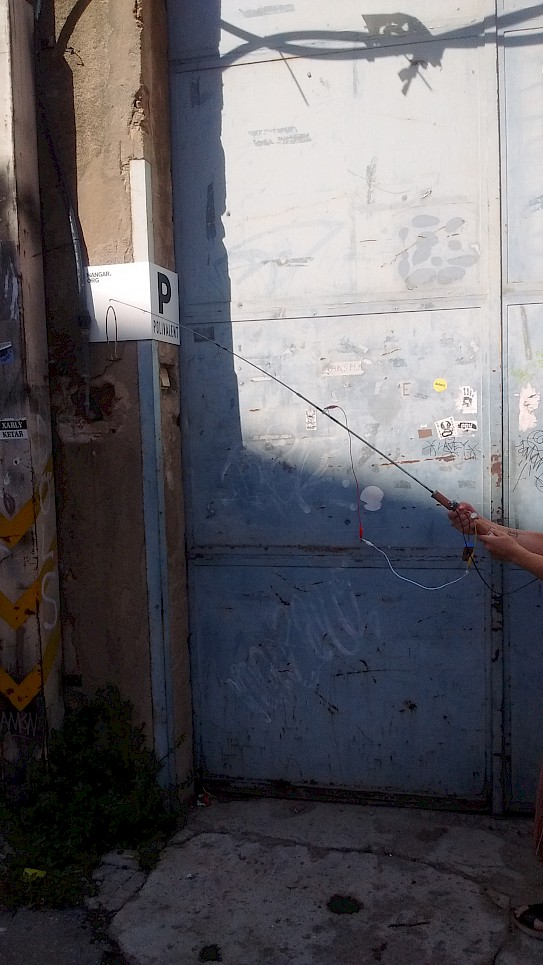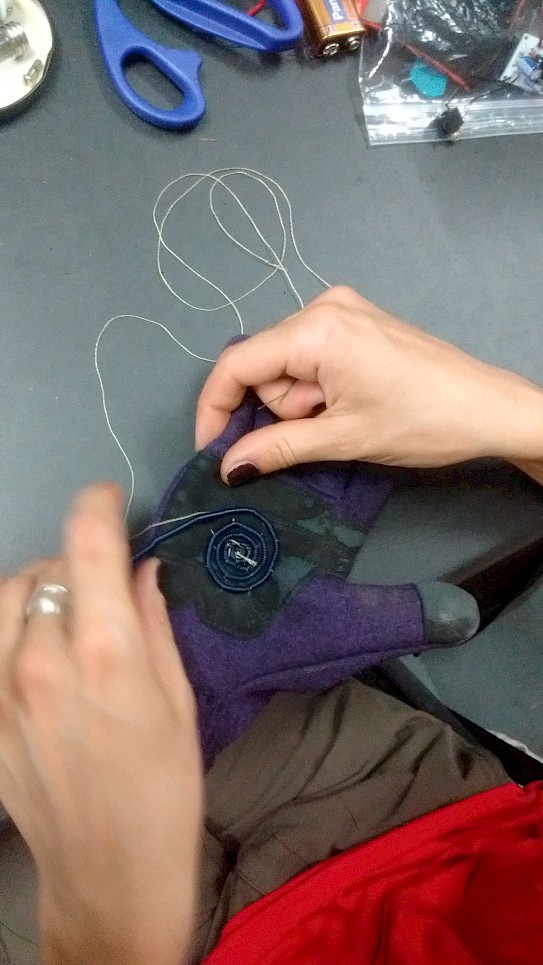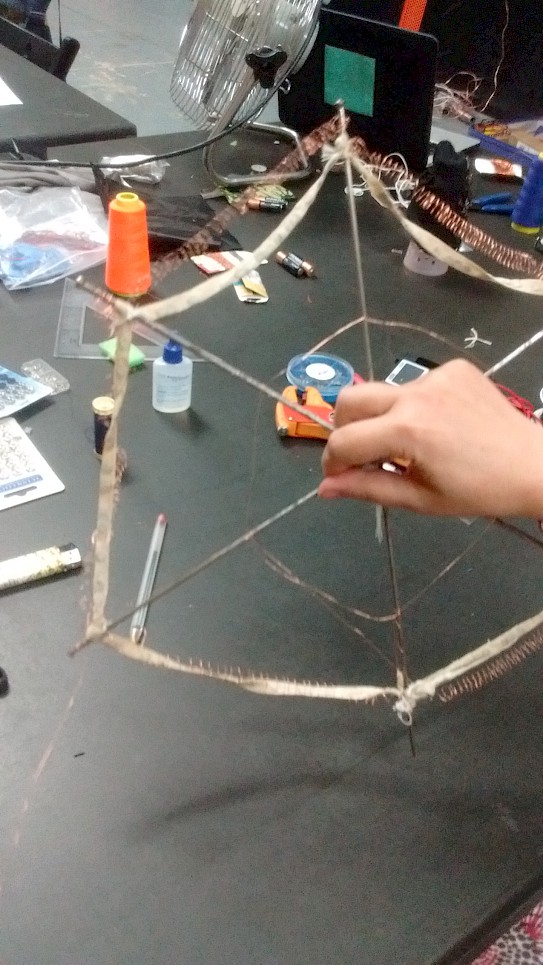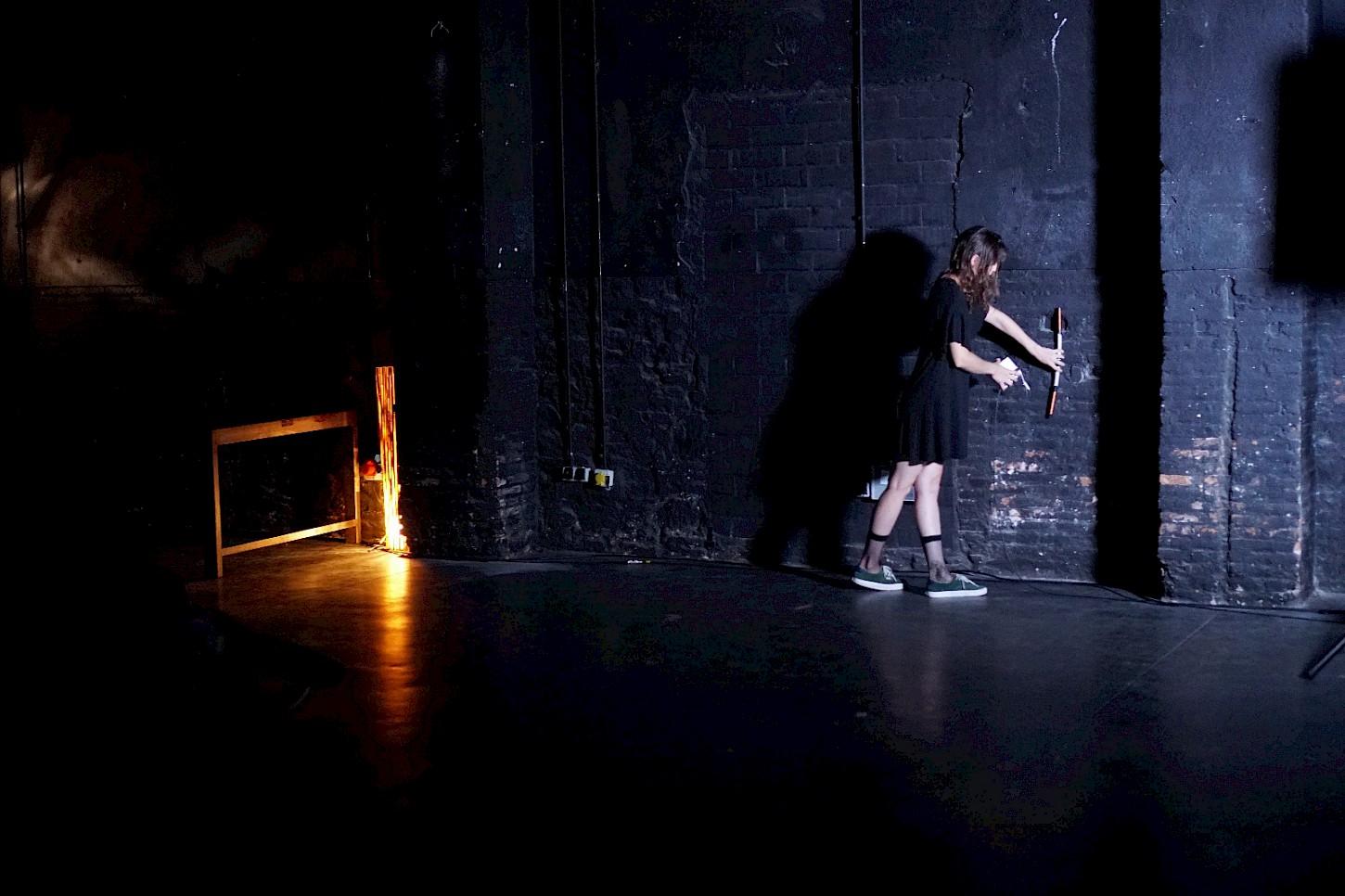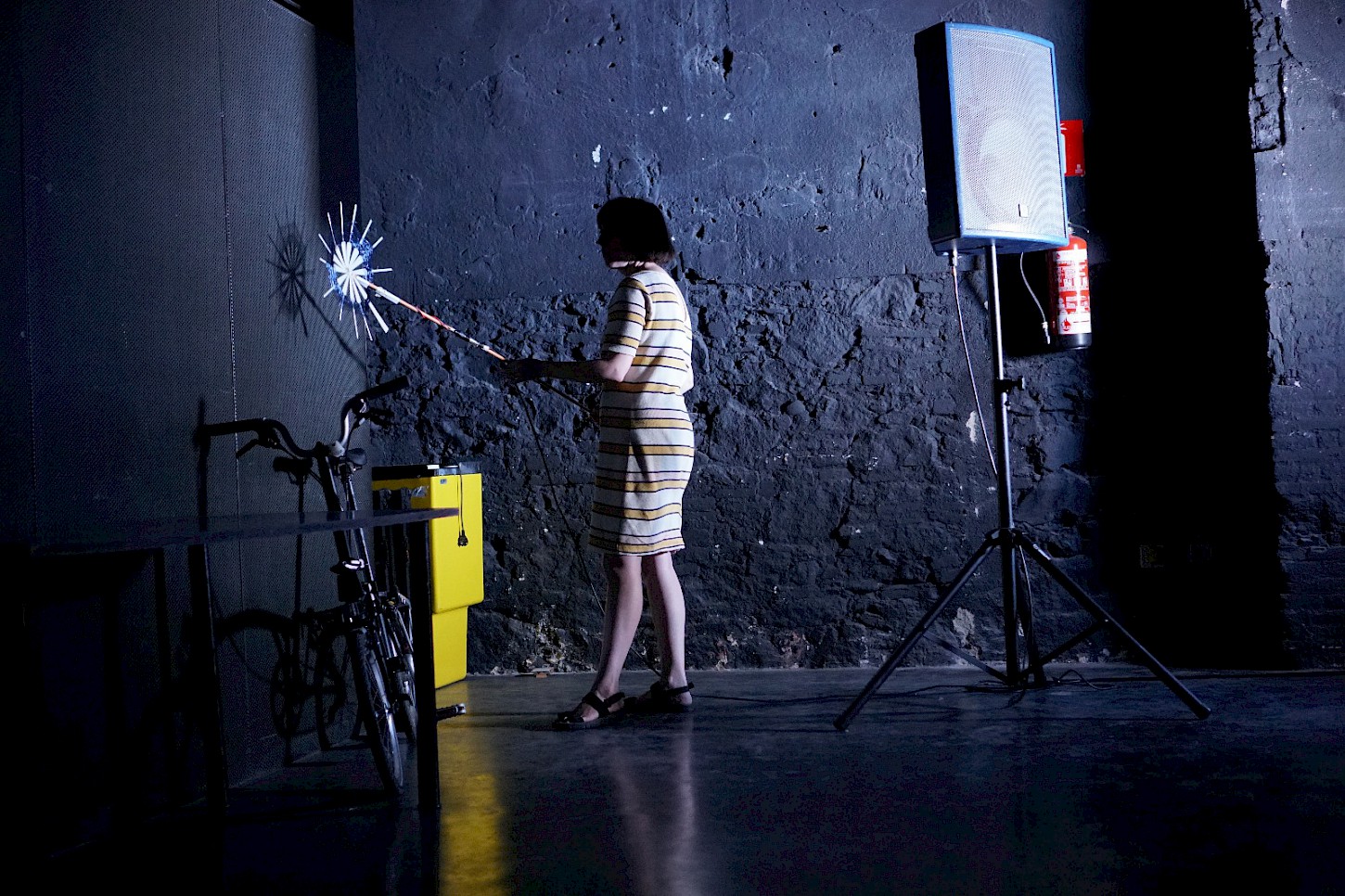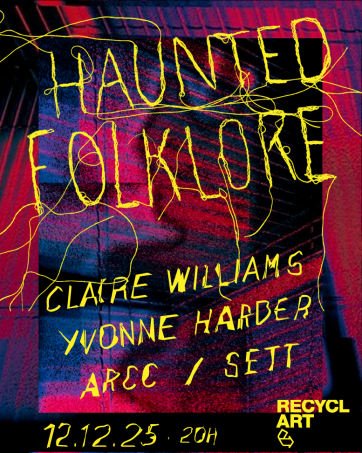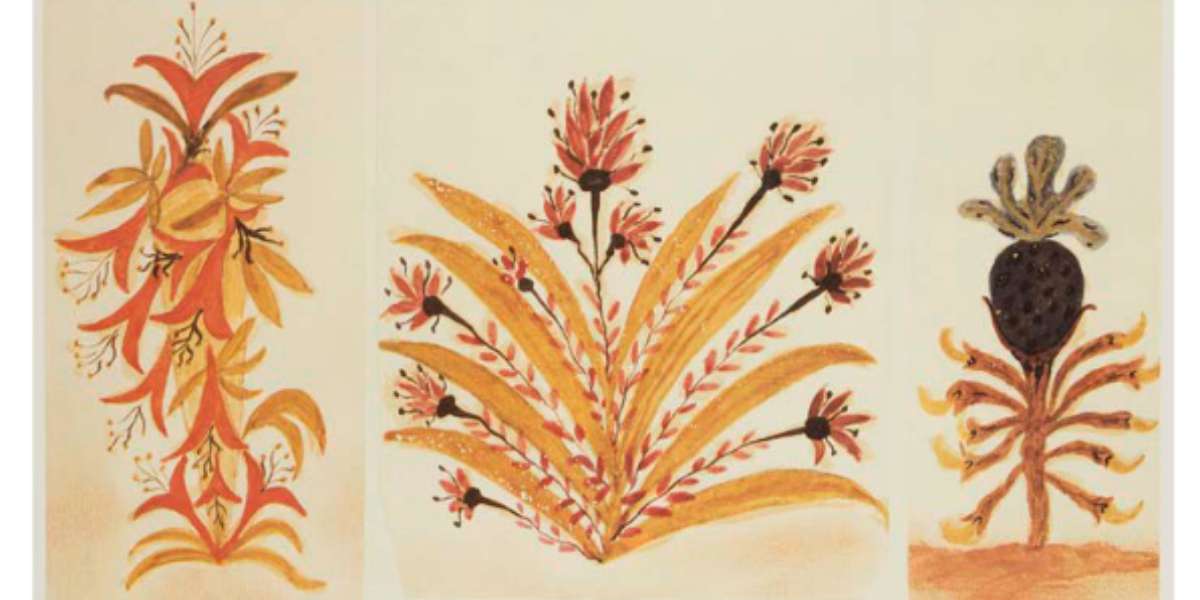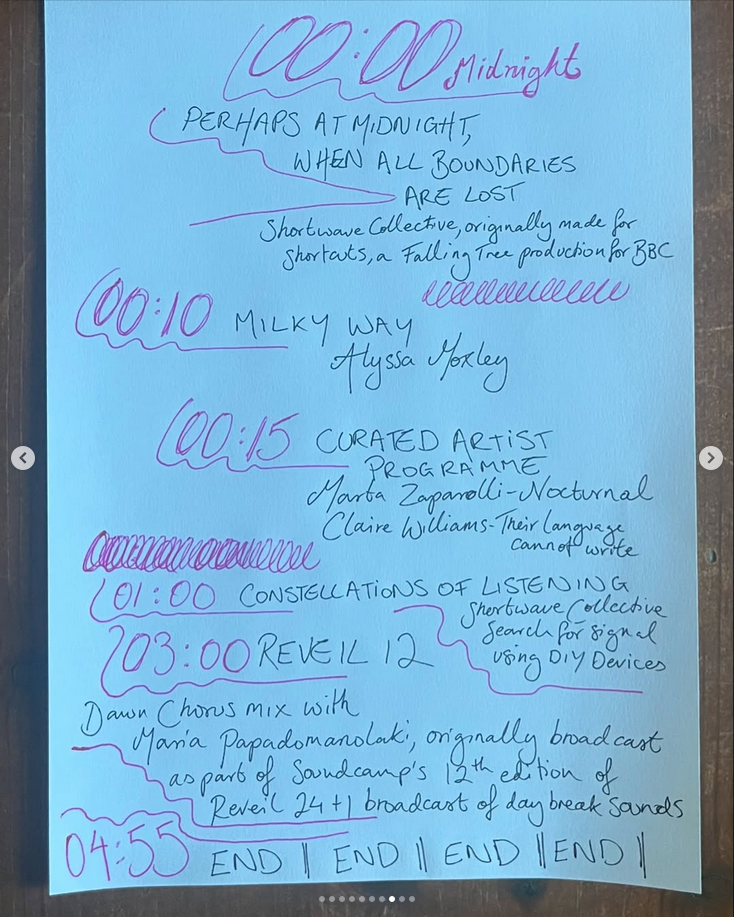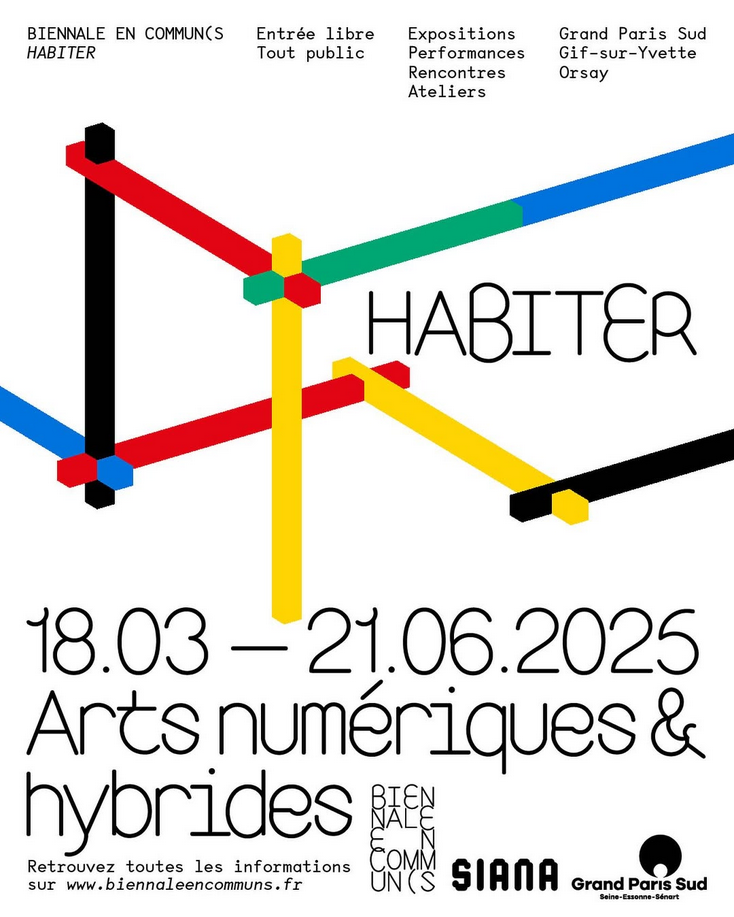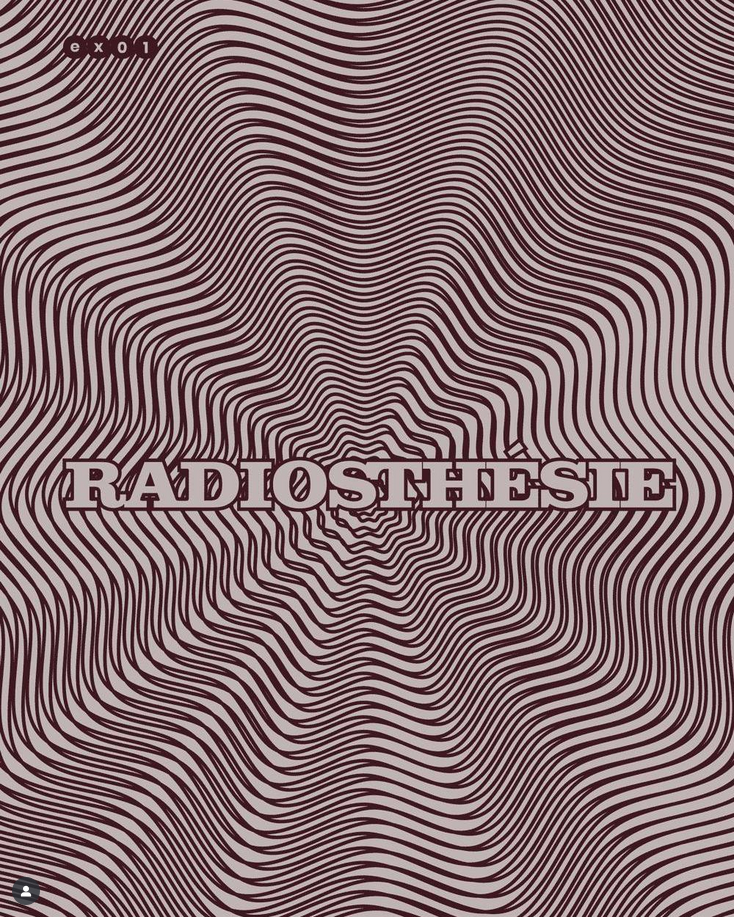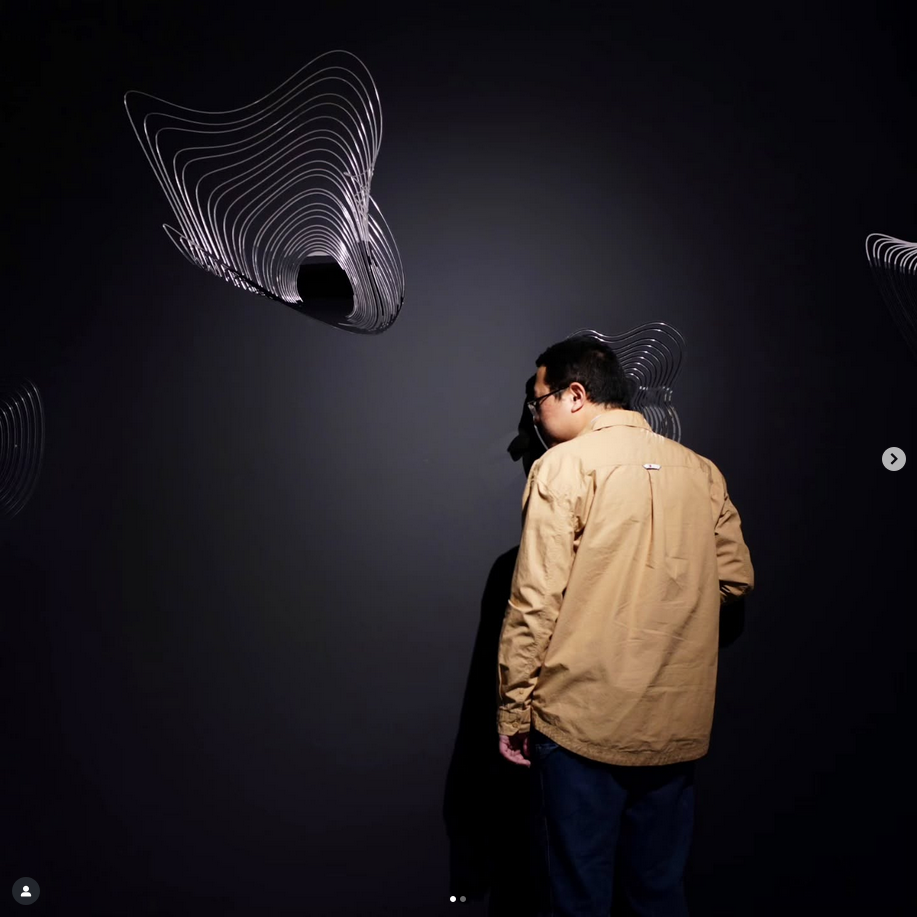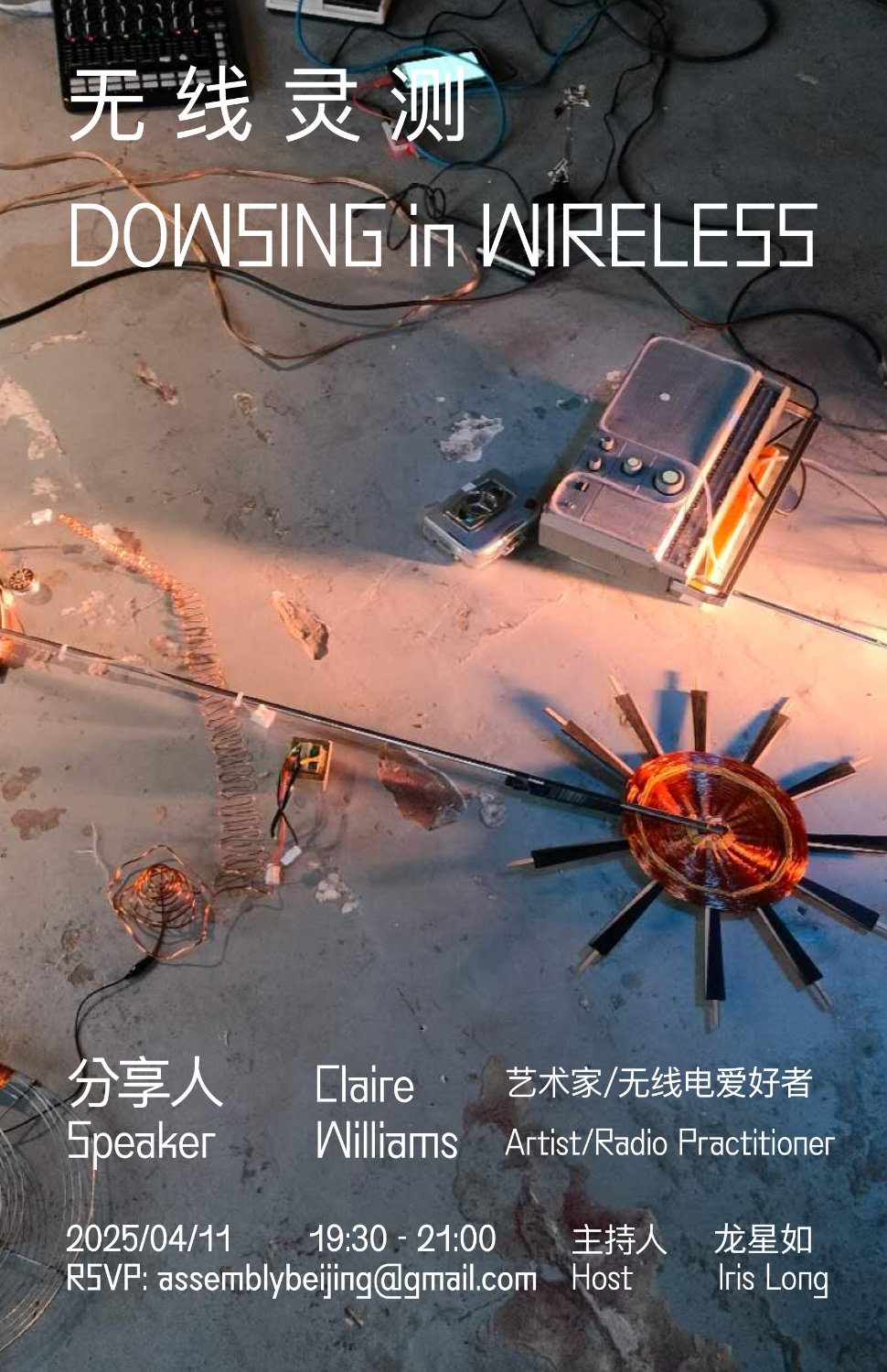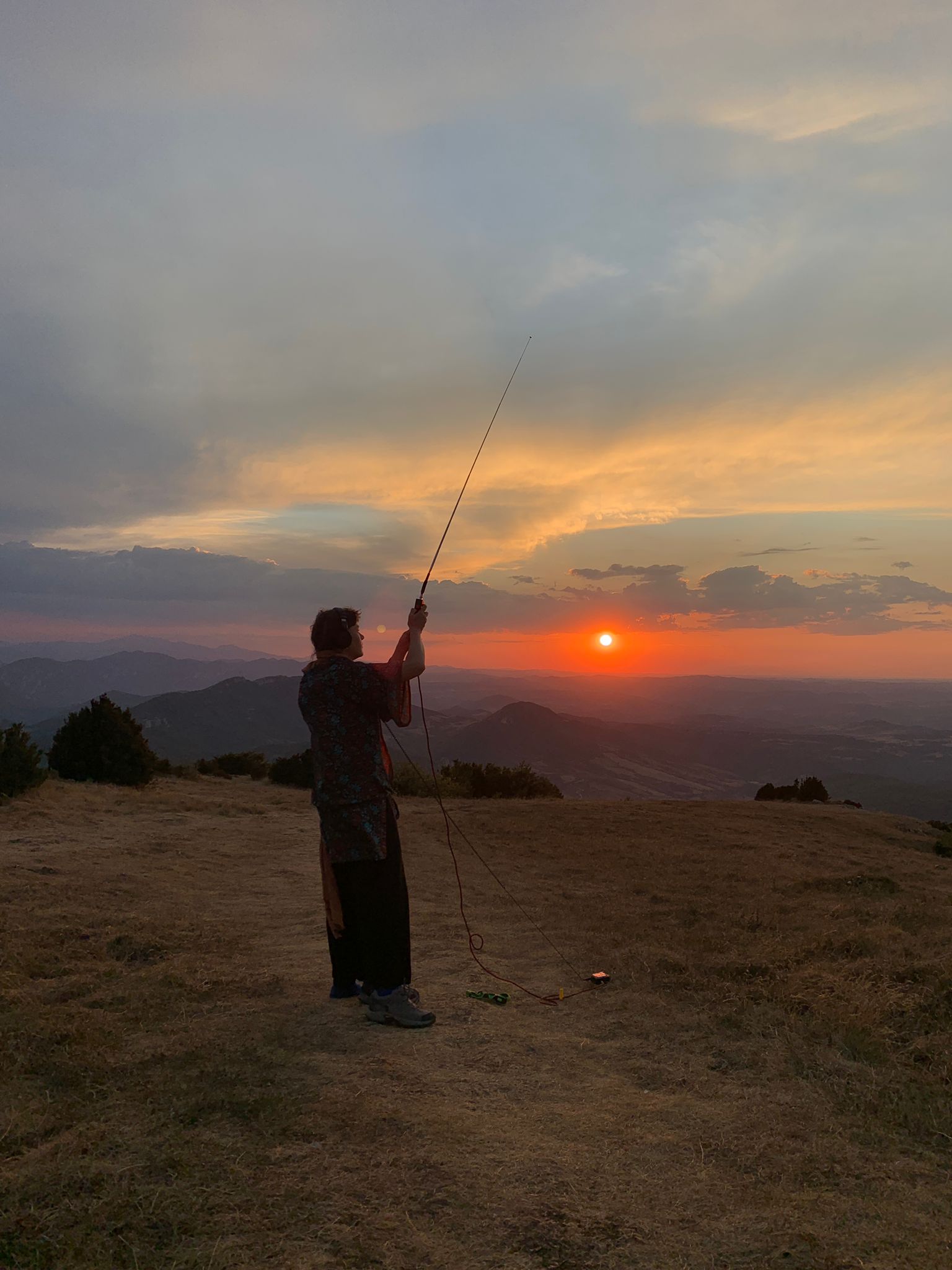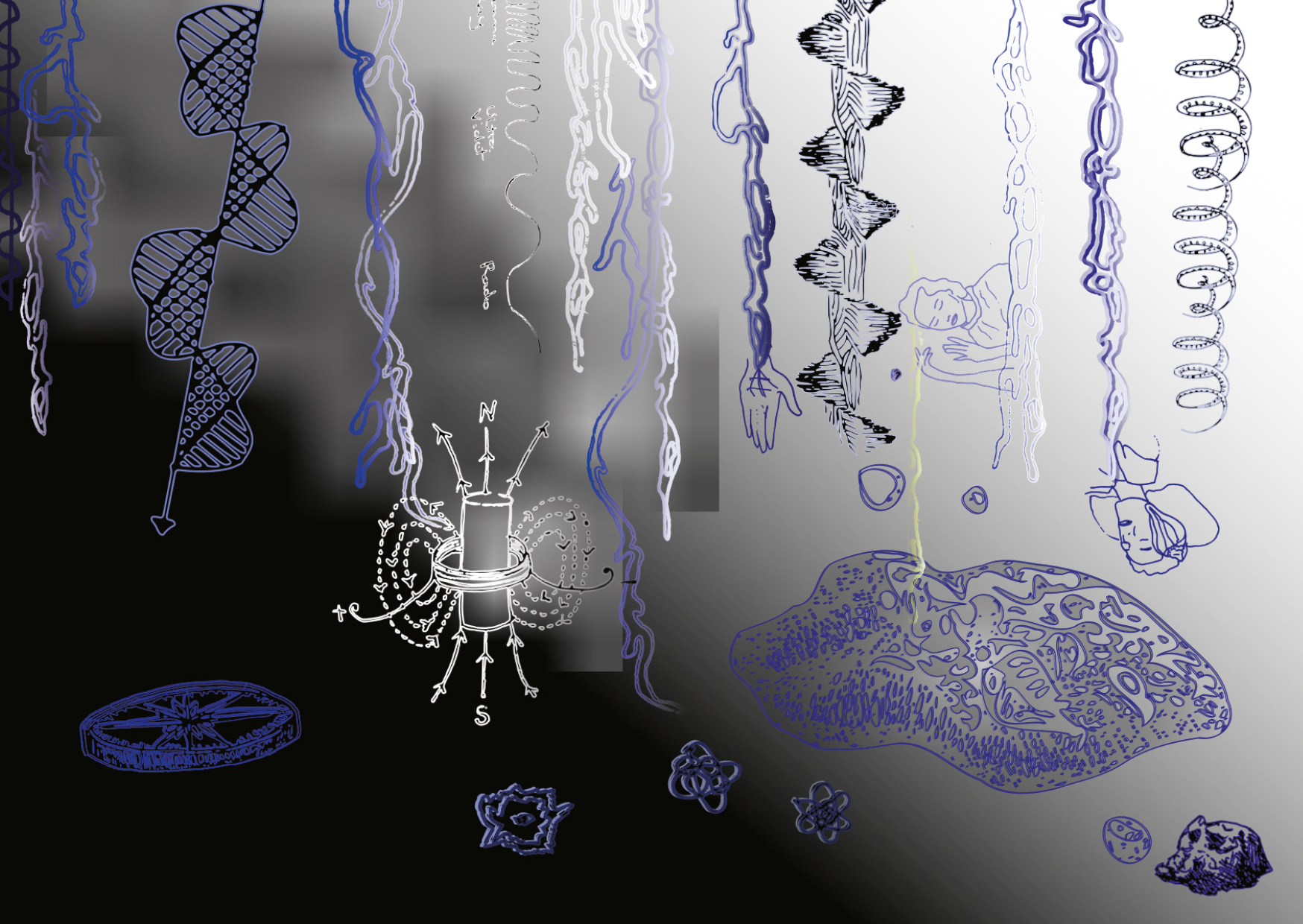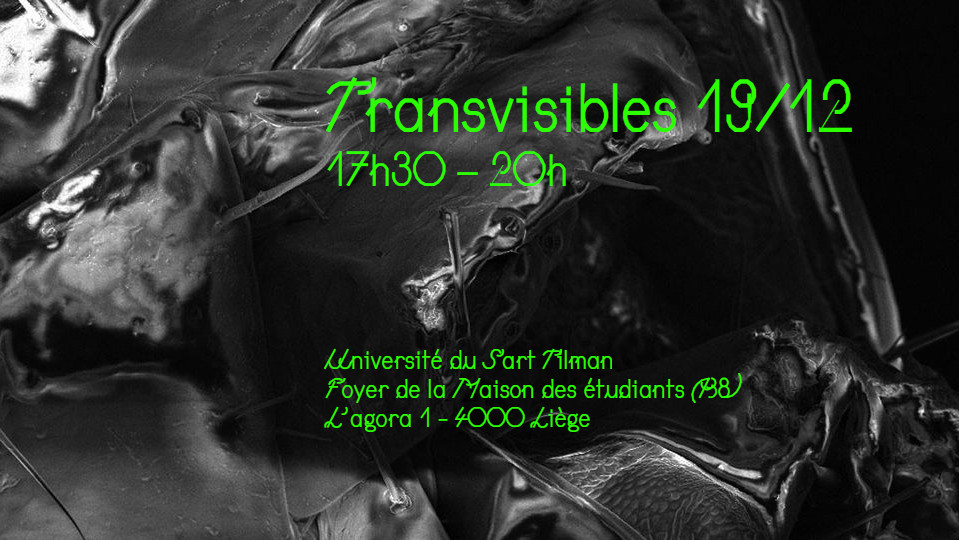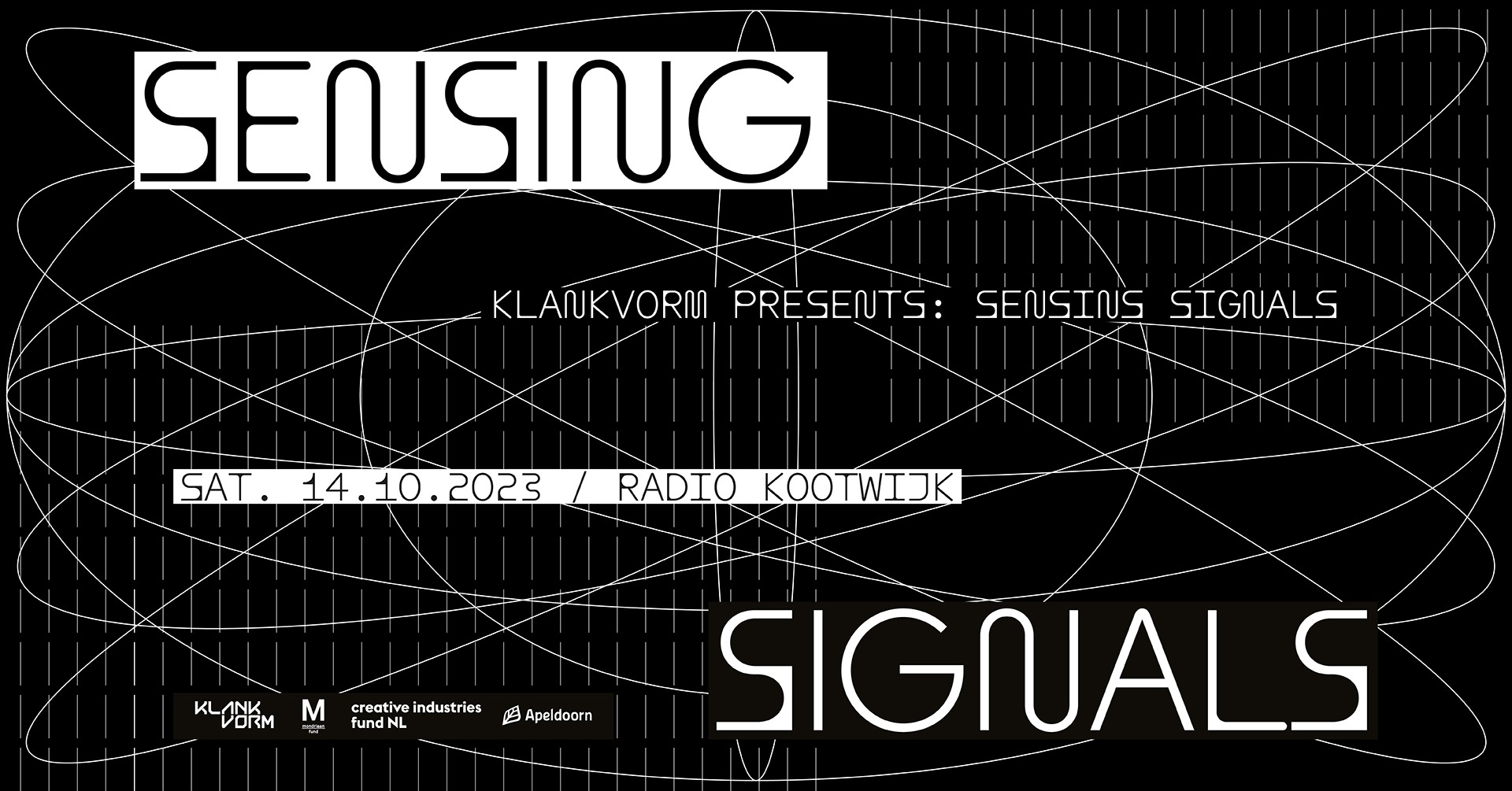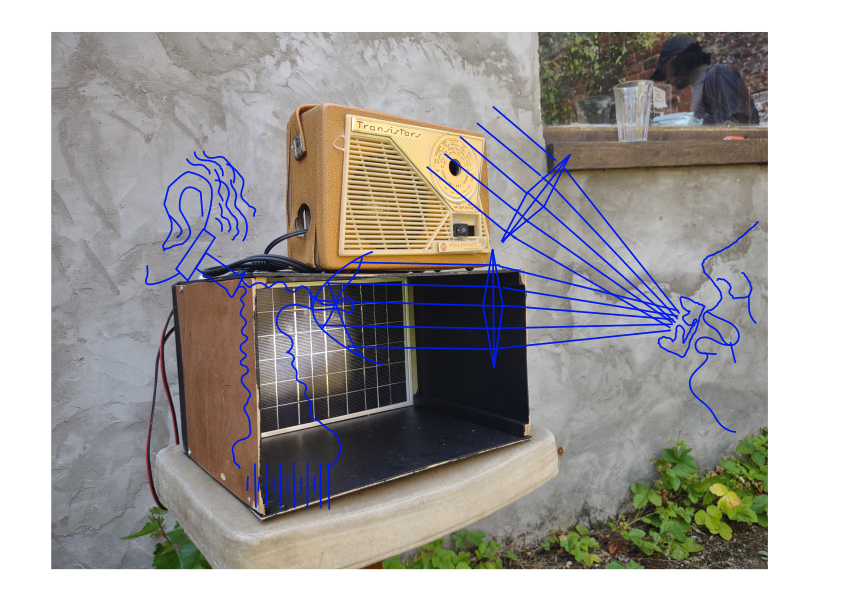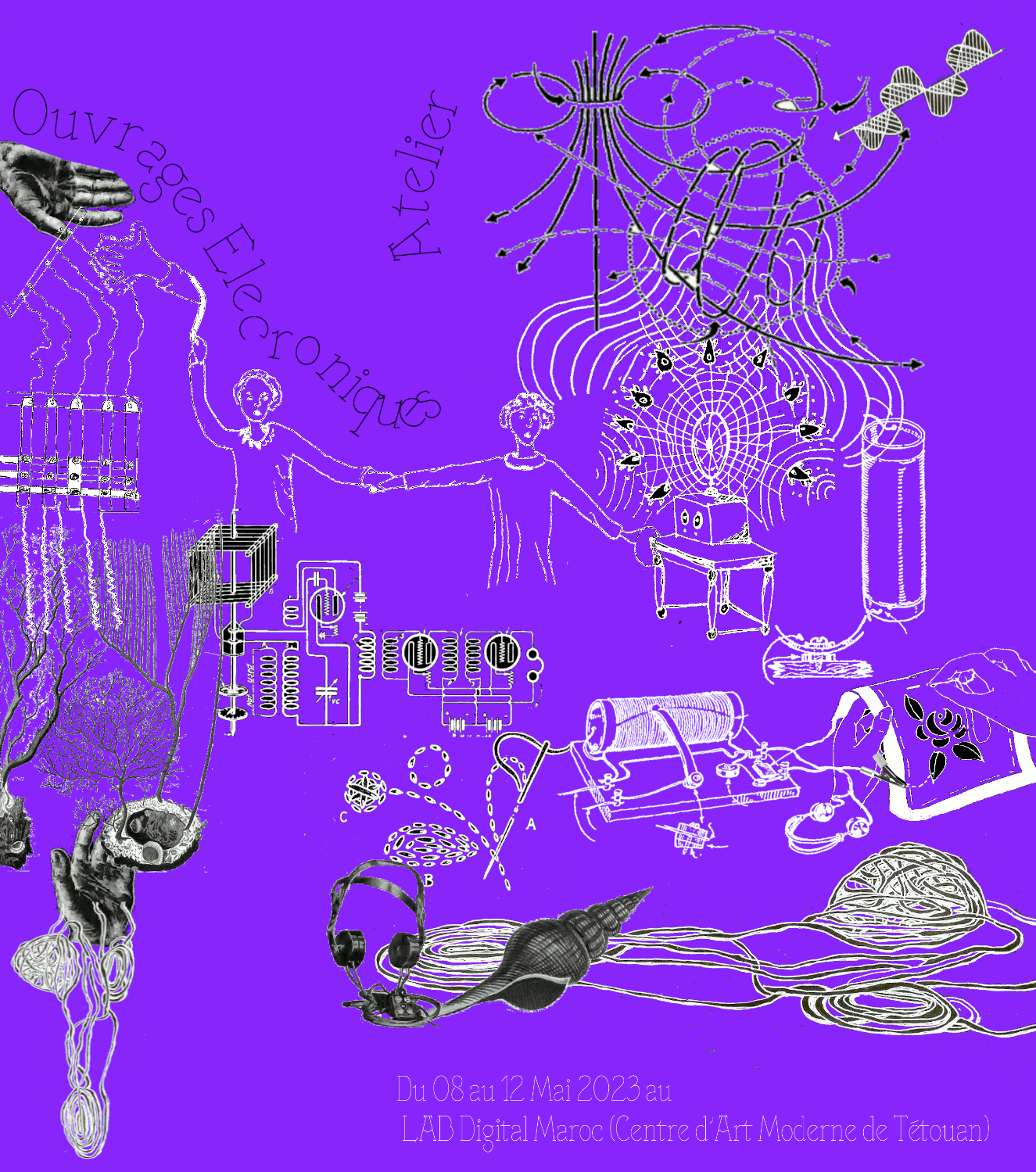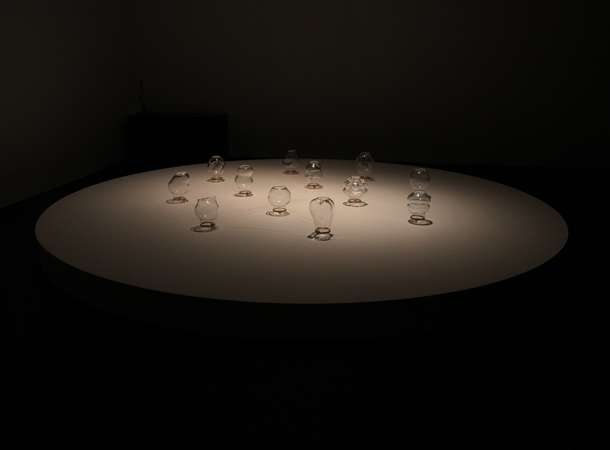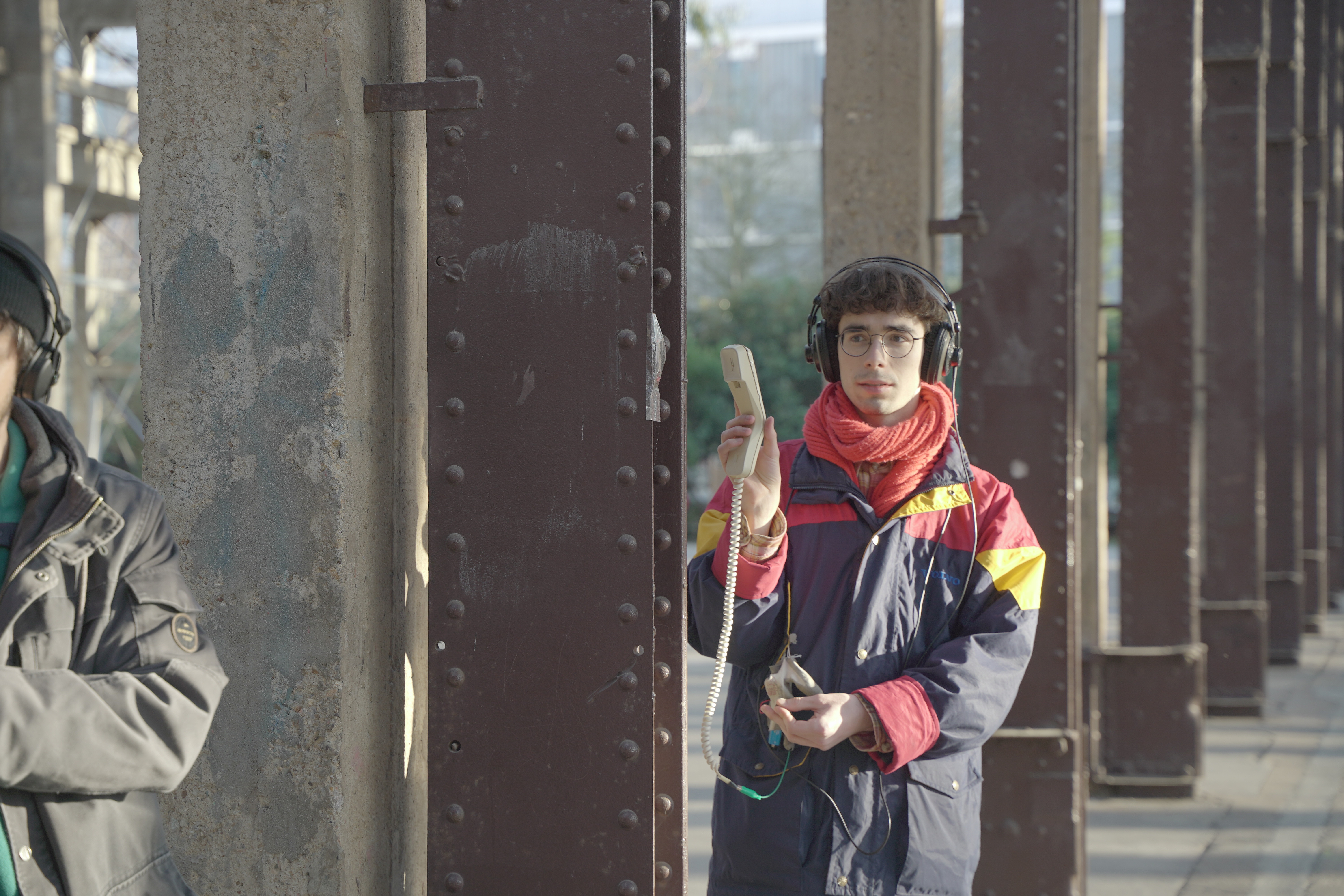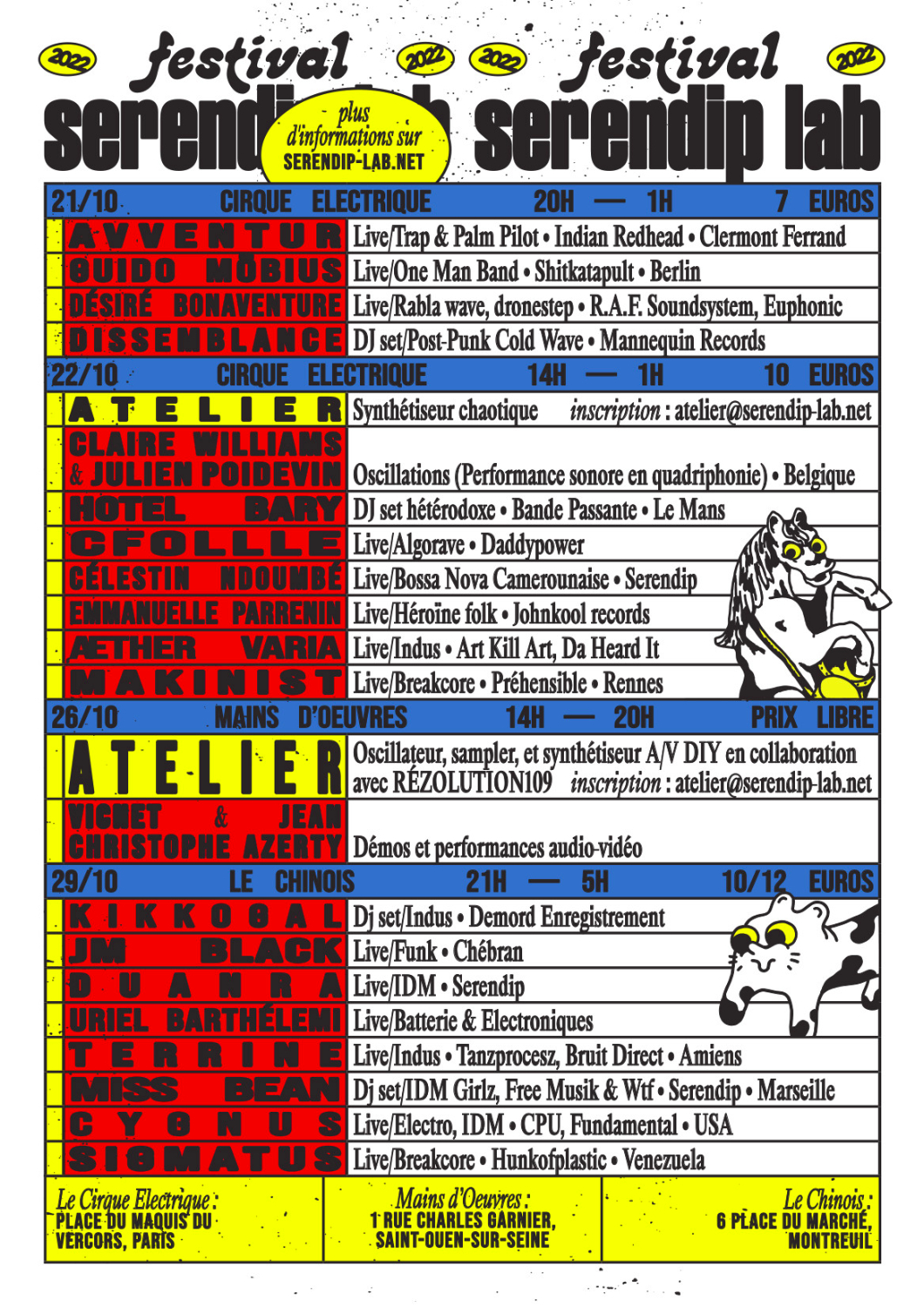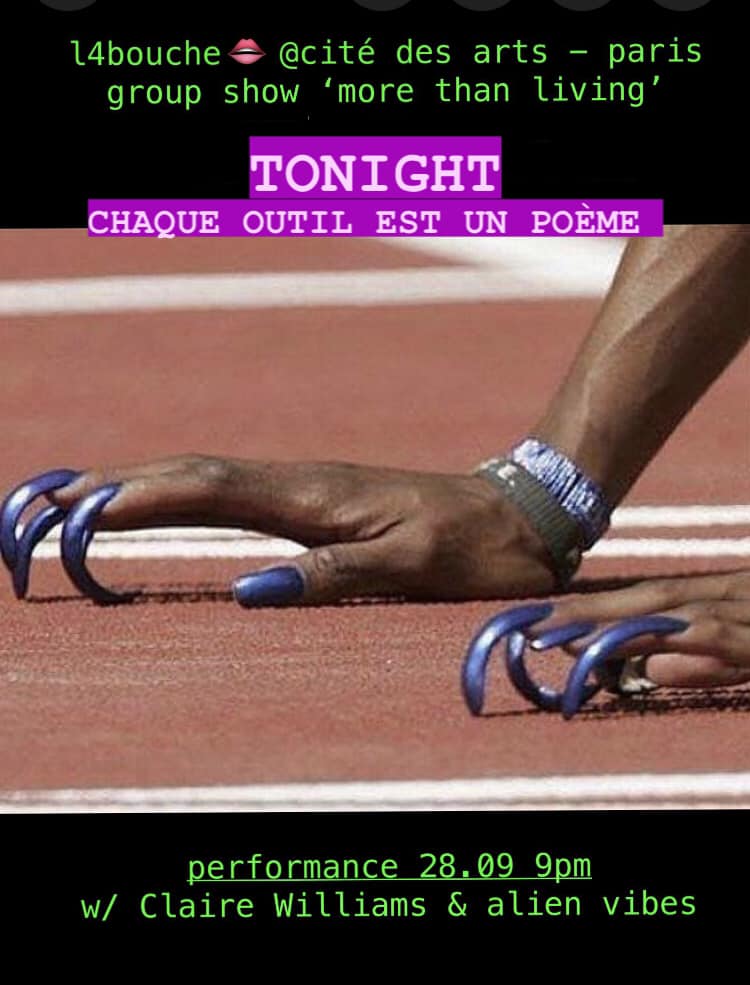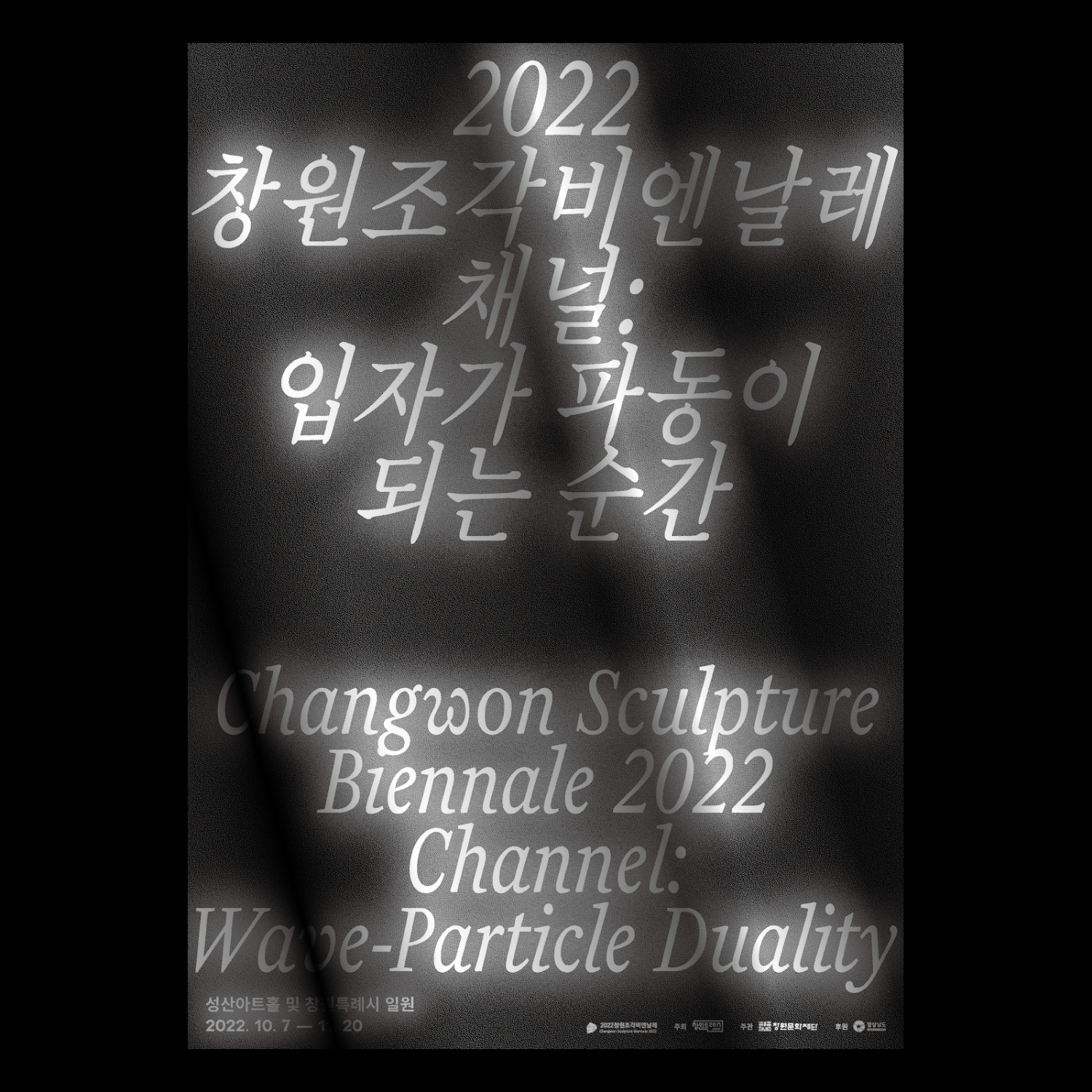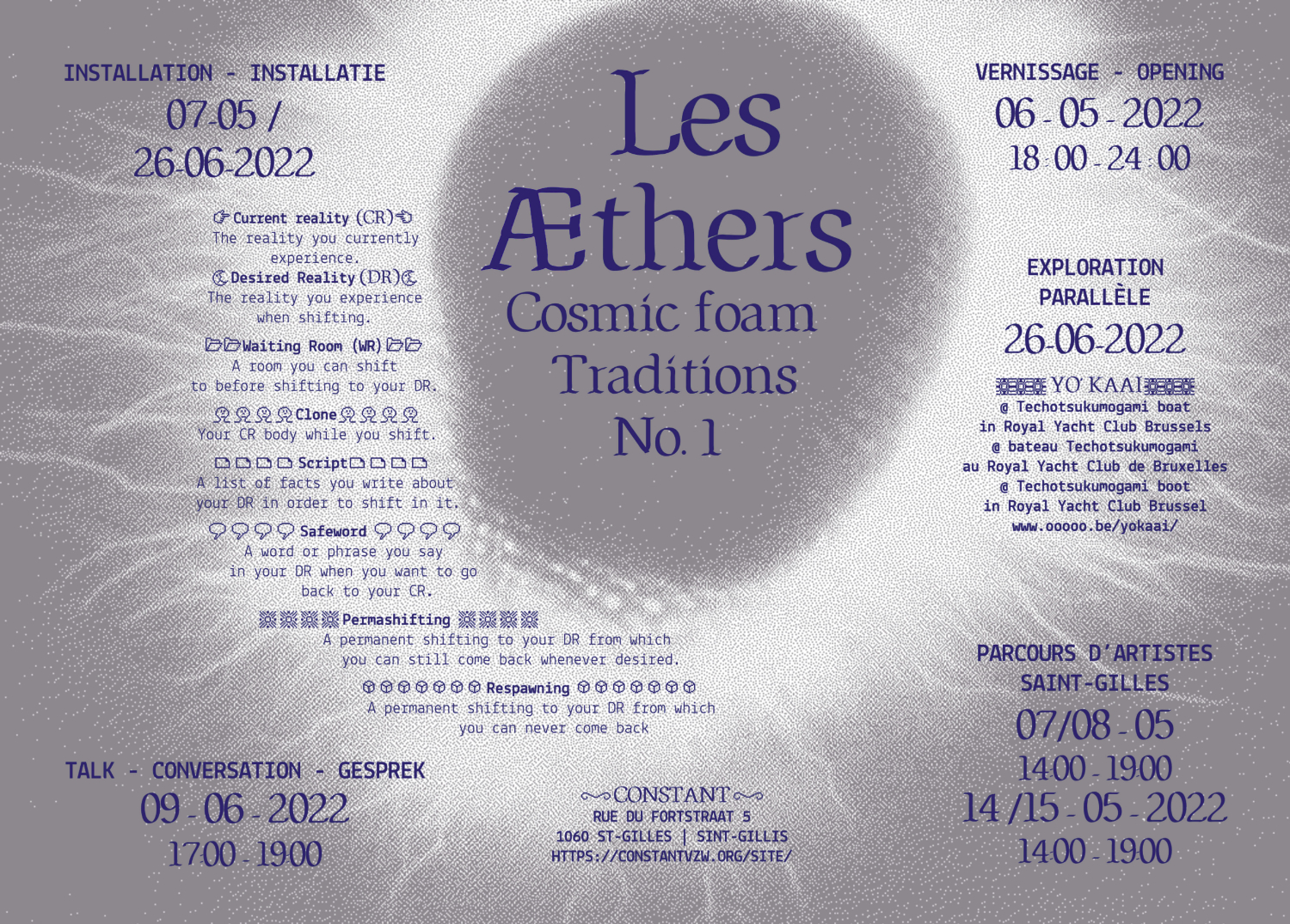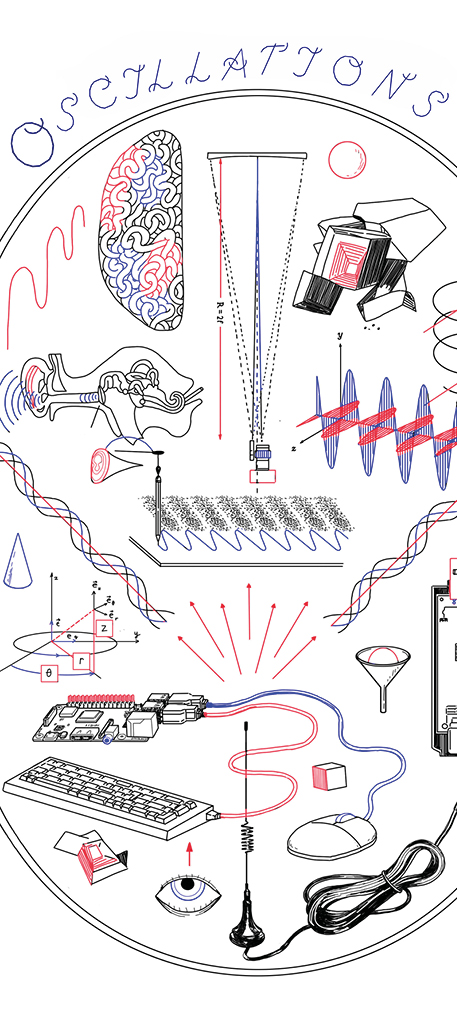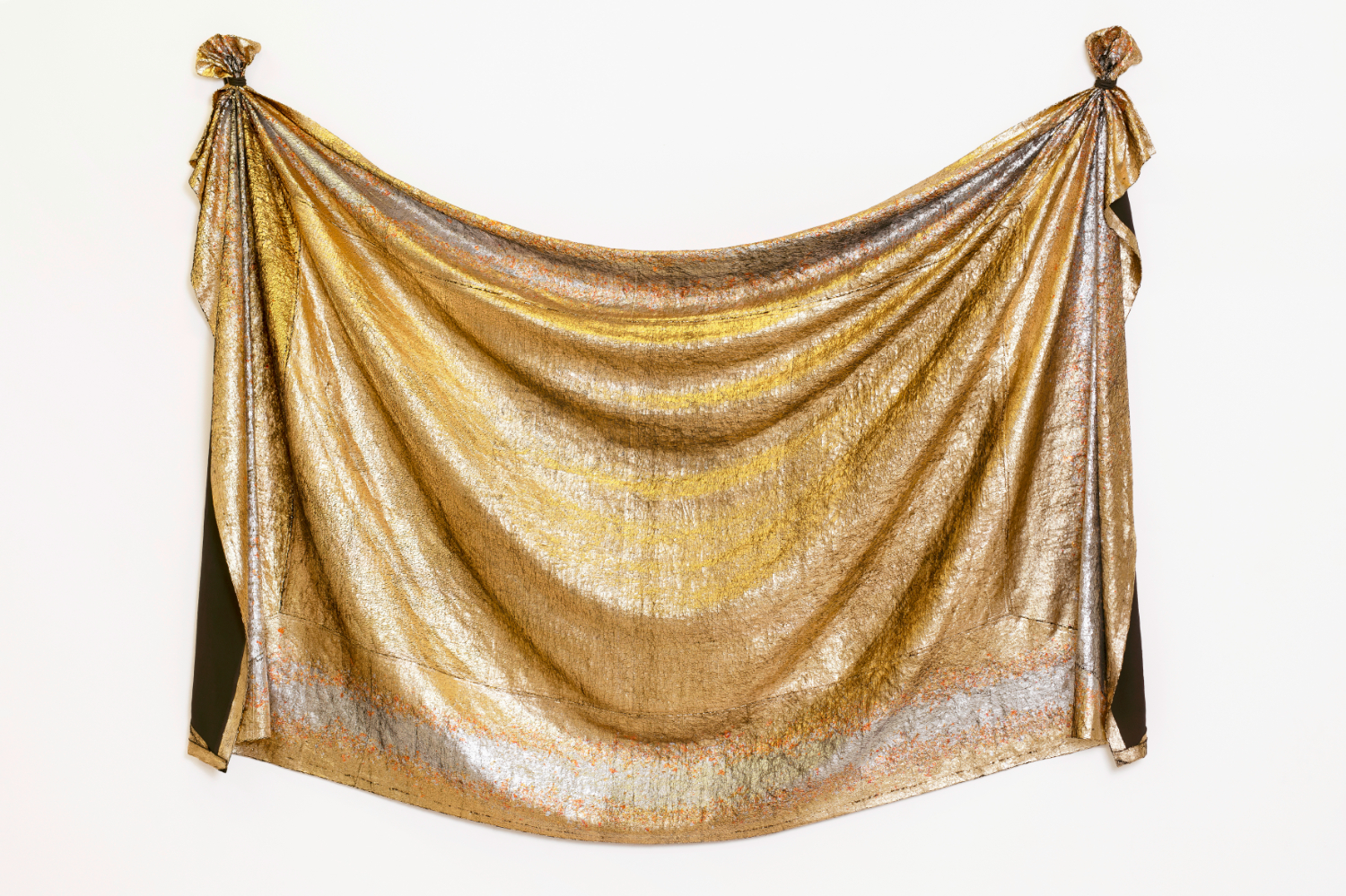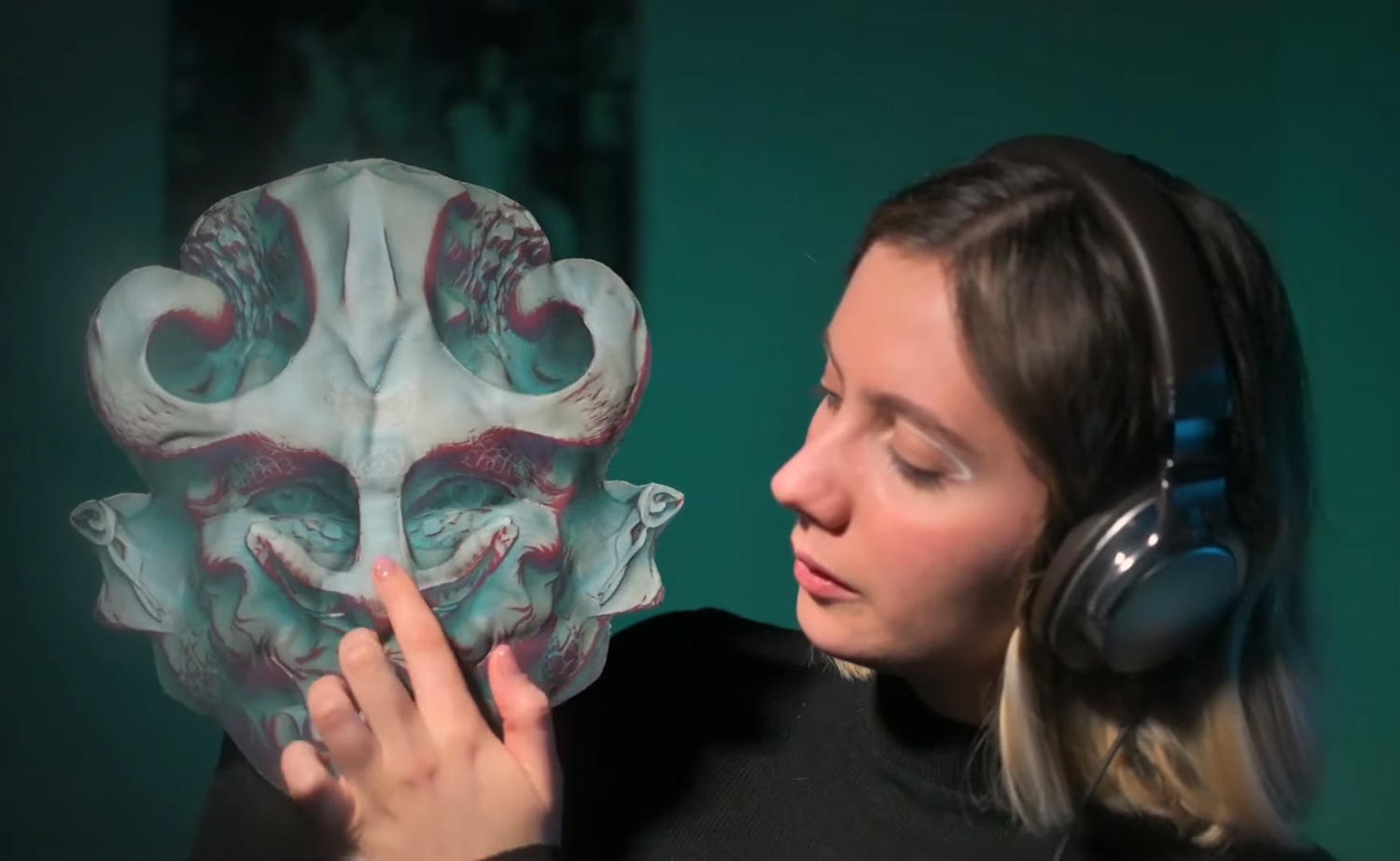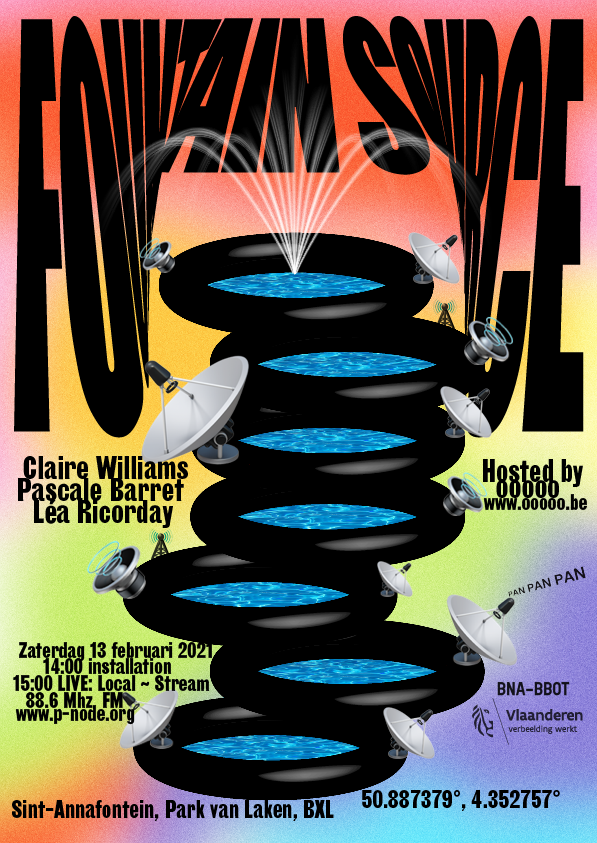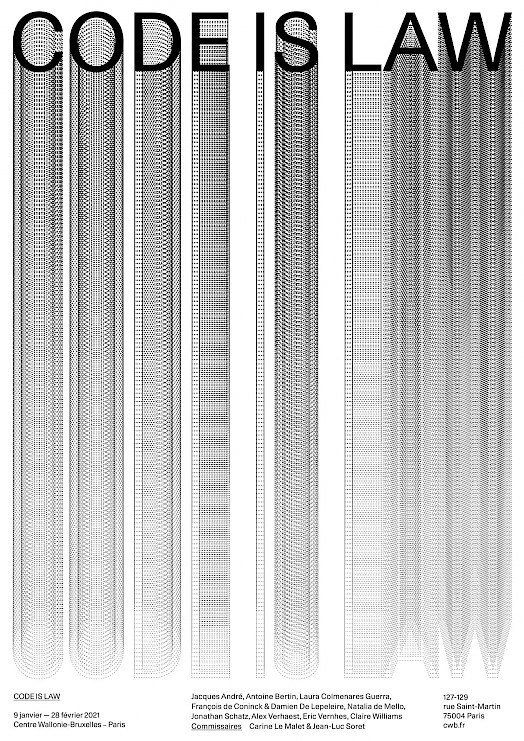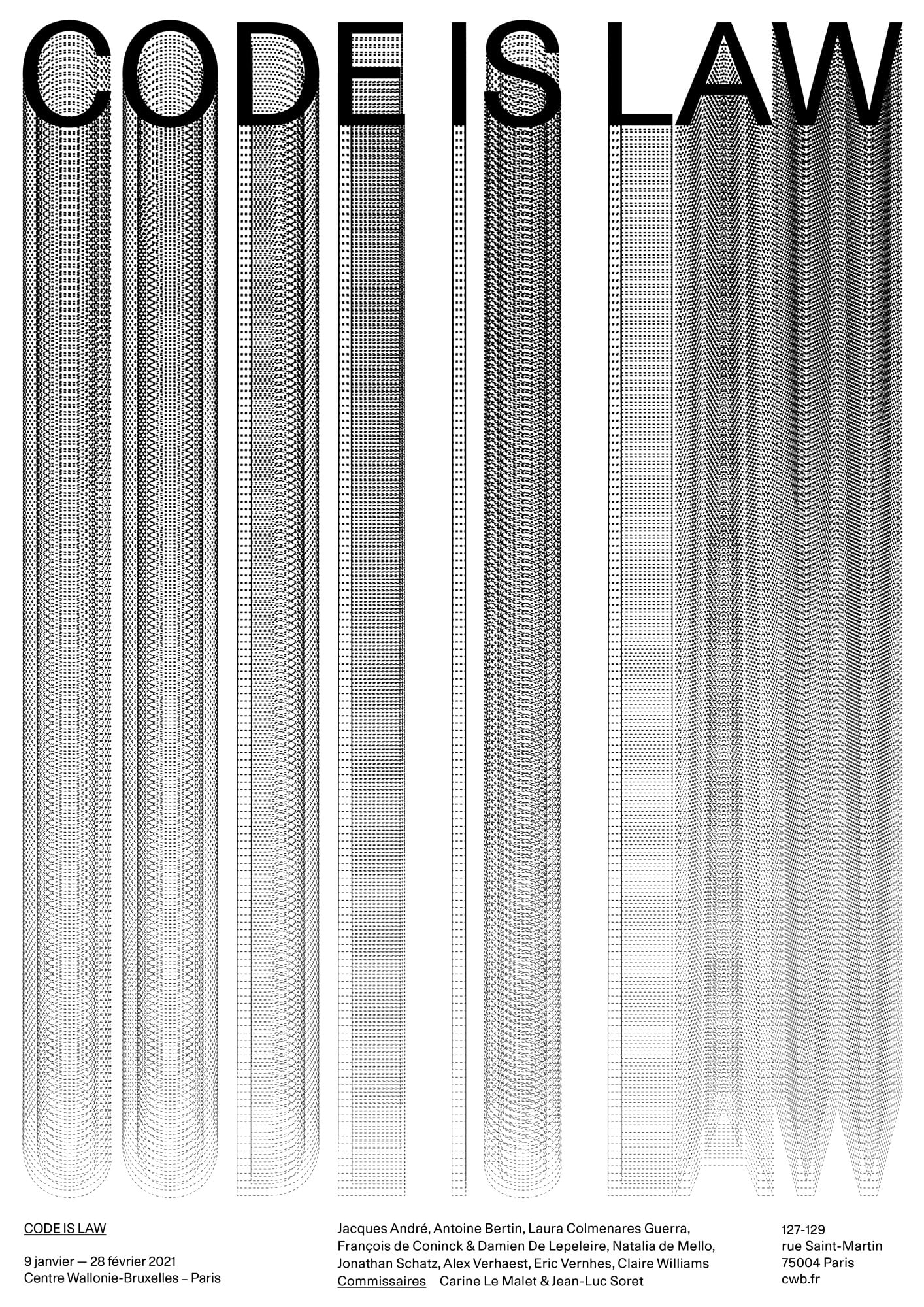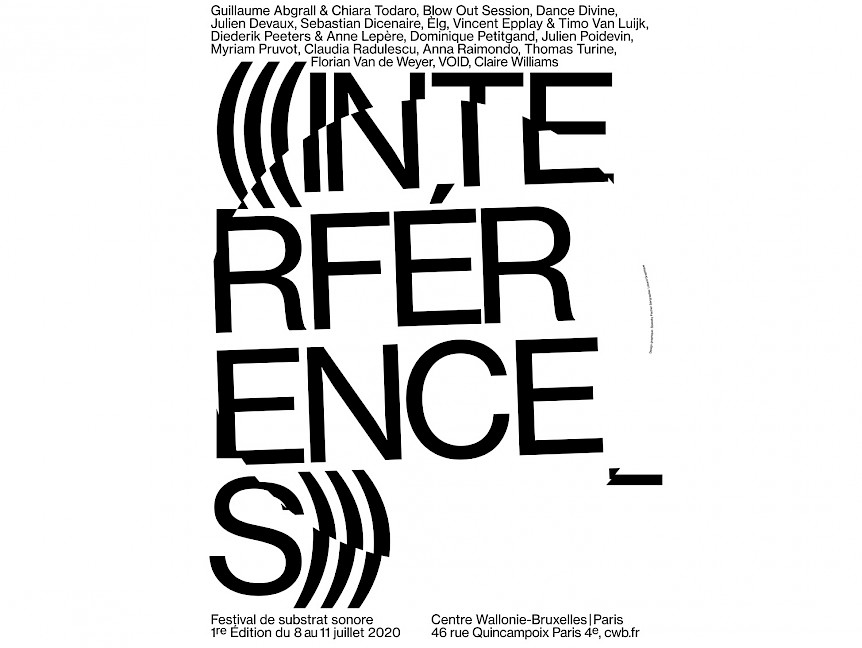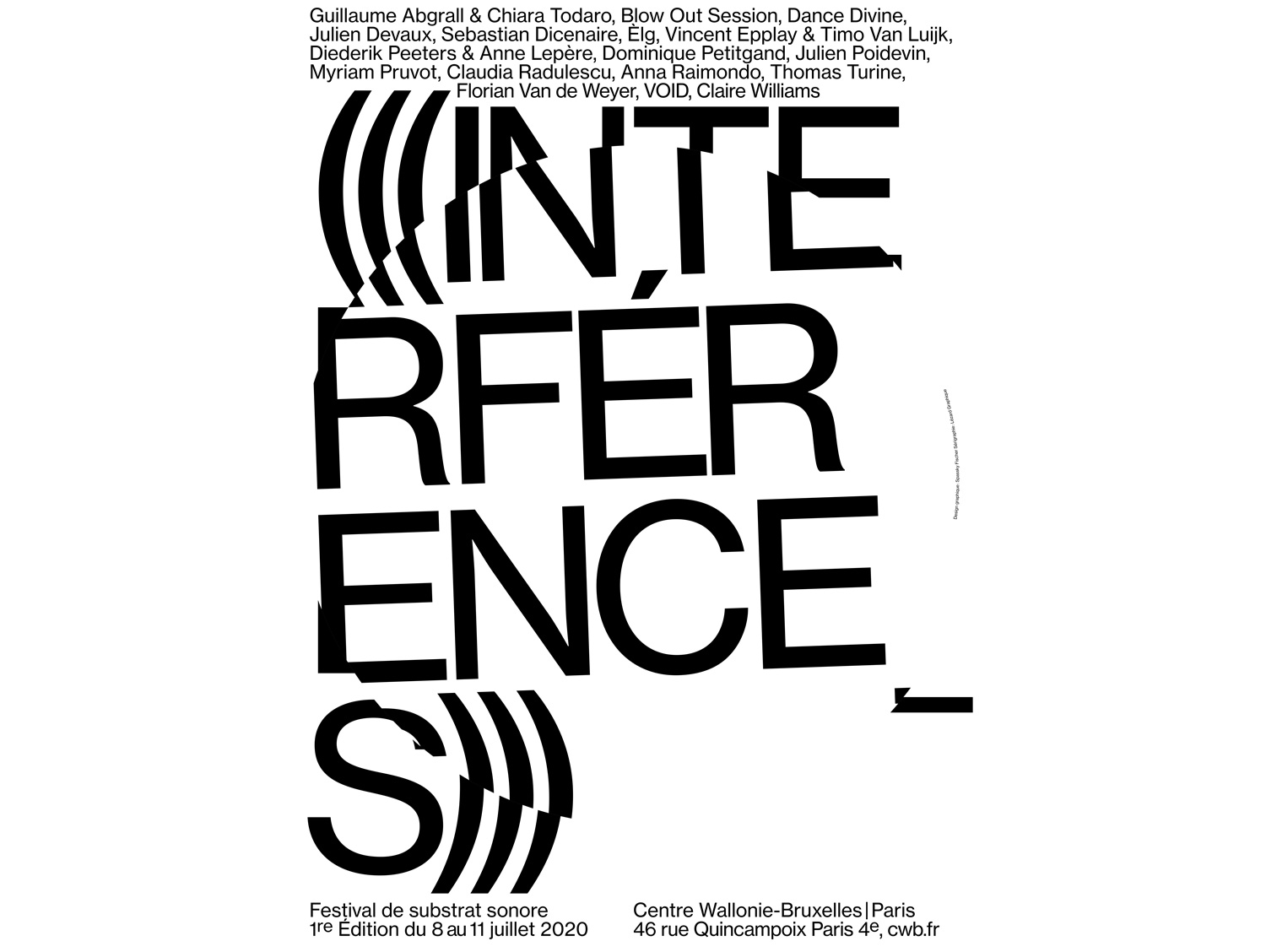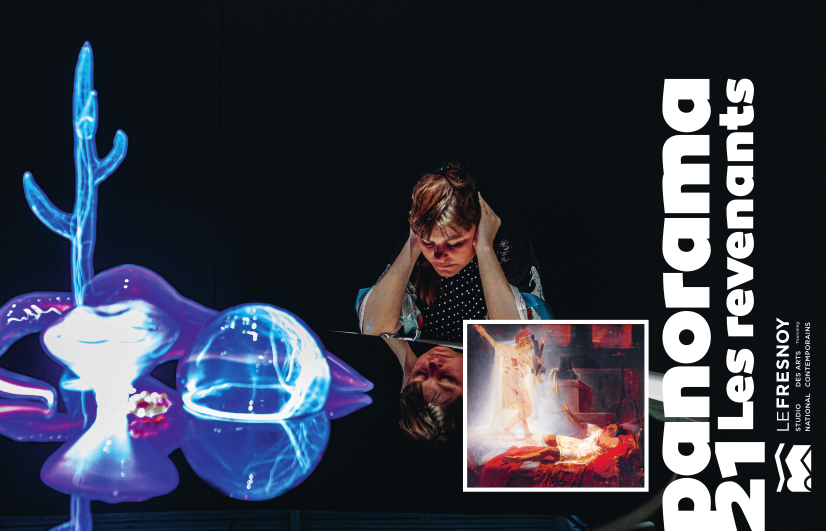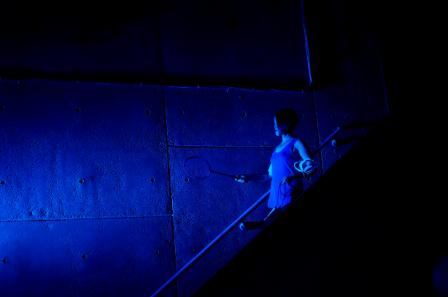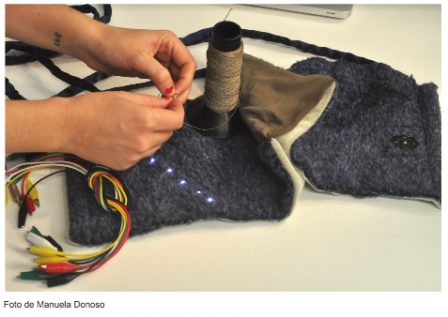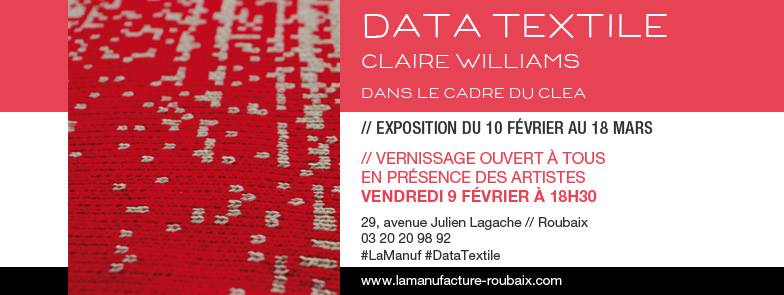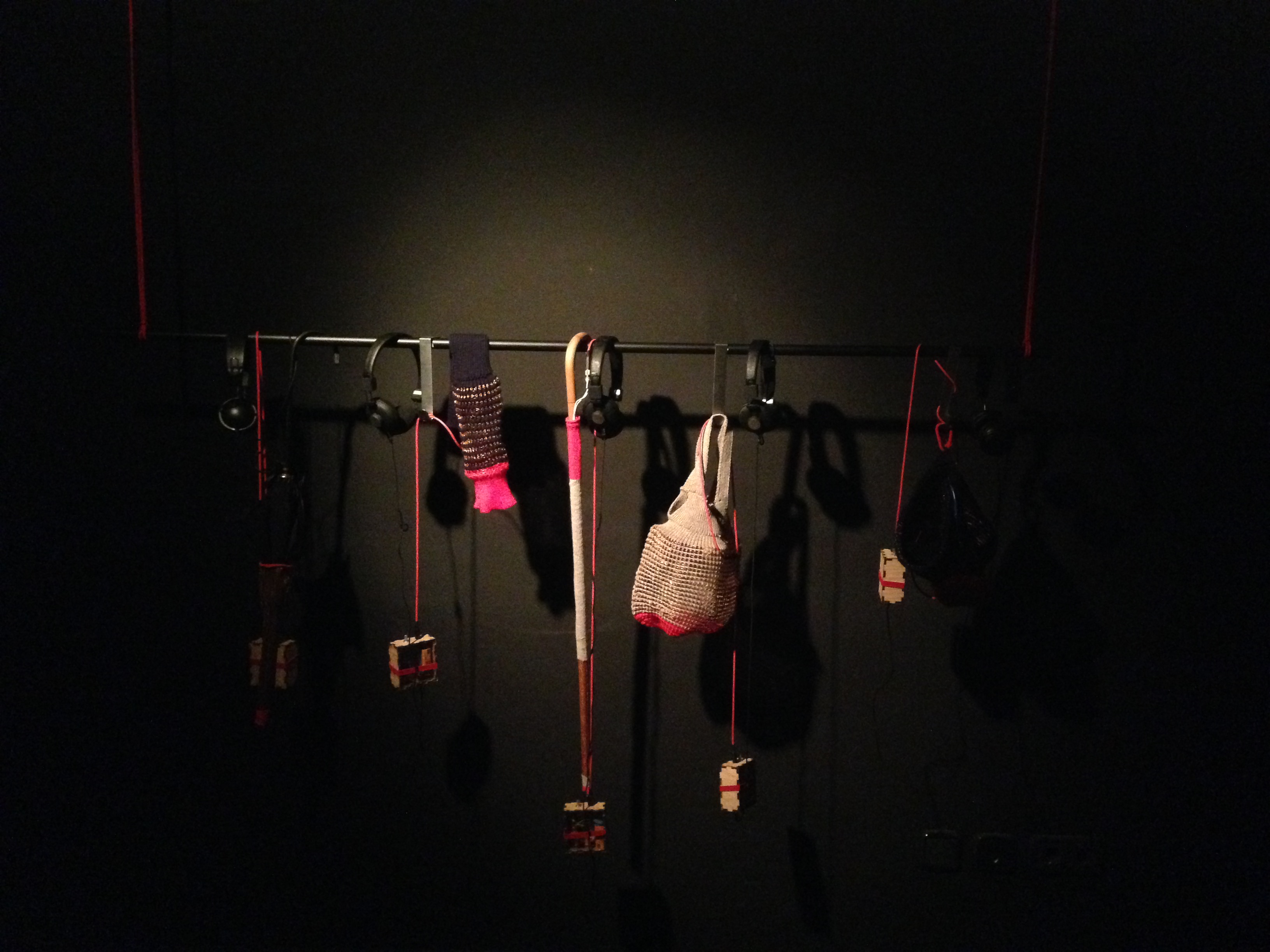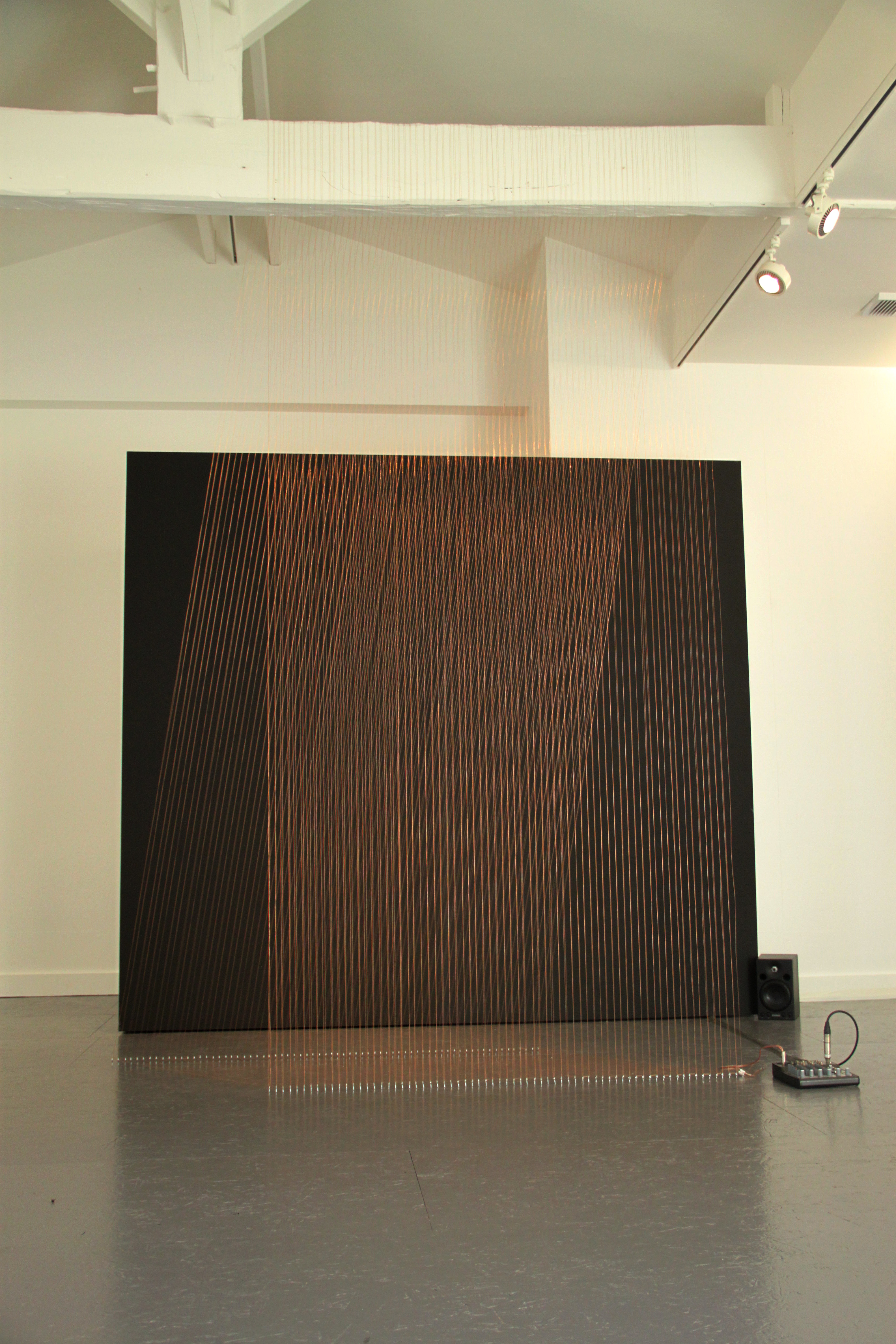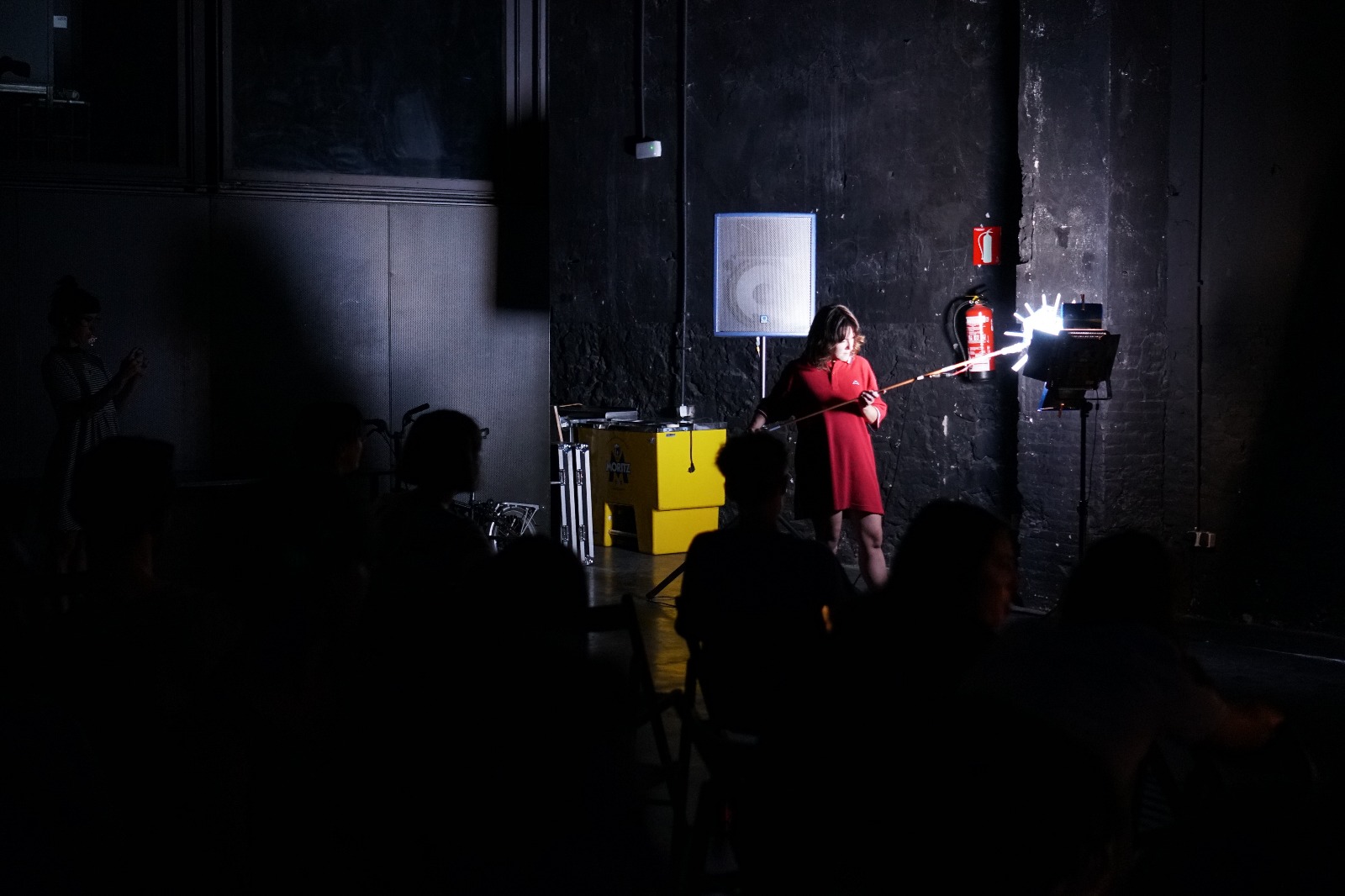Residency at Hangar EMF performance
A 2 weeks Residency research at Hangar.org in colaboration with Merche Blasco, sound artist and composer. The result was a live multichannel performance using the electromagnetic activity of Hangar and inviting the audiance to use antennas to interact with the EMF of the space. The antennas were made by the particpants of the wearable sound workshop we held at Hangar.
Inspiration to create a tunnable device to search for different frequencys:
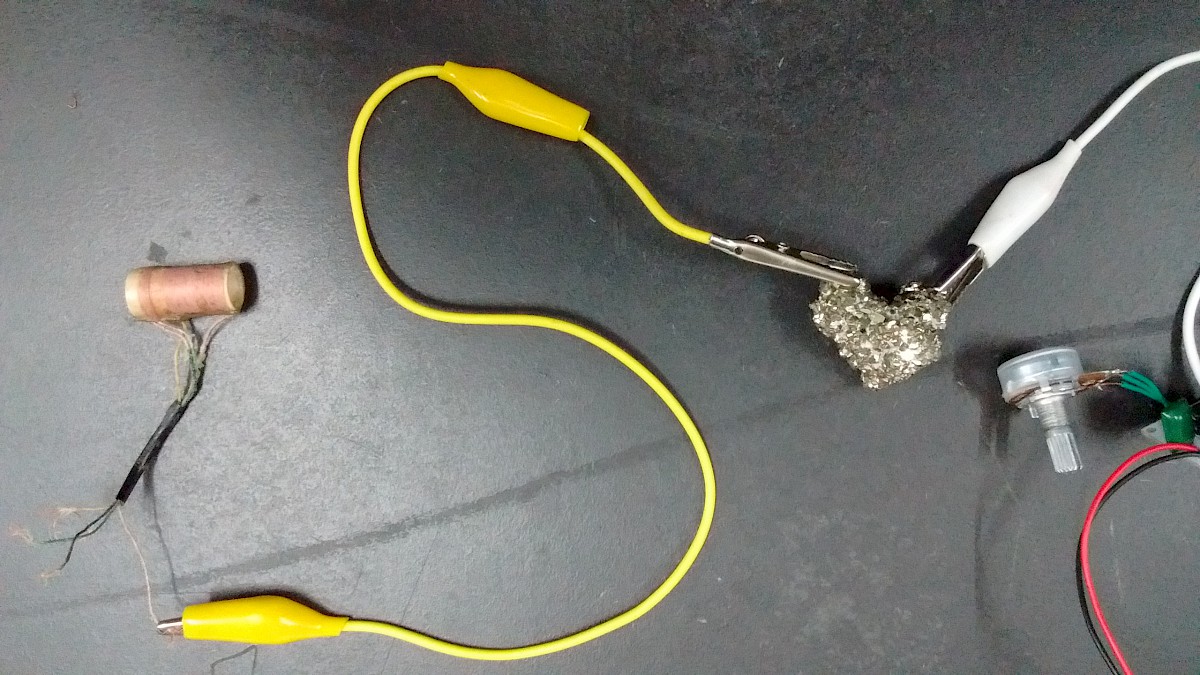
-
Crystal Radio https://rimstar.org/equip/crystal_radios.htm
-
Coil for inductance https://rimstar.org/science_electrxonics_projects/coil_design_inductance.htm
-
Coil Calculator: http://scitoys.com/scitoys/scitoys/radio/xtal.html
-
Coil Calculator: https://rimstar.org/science_electronics_projects/lc_circuit_aka_tank_or_resonant_circuit.htm
-
Tuning Using a light emitting diode or sensor as a tunable search for radio frequency’s: KOMA field kit page 13 and 62 https://koma-elektronik.com/new/wp-content/uploads/2017/03/Fieldkit_Manual_v1.0.pdf
"The tuning of the radio can be set with a dedicated multifunctional Search control which acts both as a manual CV source and as an input attenuator for an incoming CV signal dedicated multifunctional Search control which acts both as a manual CV source and as an input attenuator for an incoming CV signal"
<iframe width="560" height="315" src="https://www.youtube.com/embed/Kgh5qOpsfkM" frameborder="0" allow="autoplay; encrypted-media" allowfullscreen></iframe>
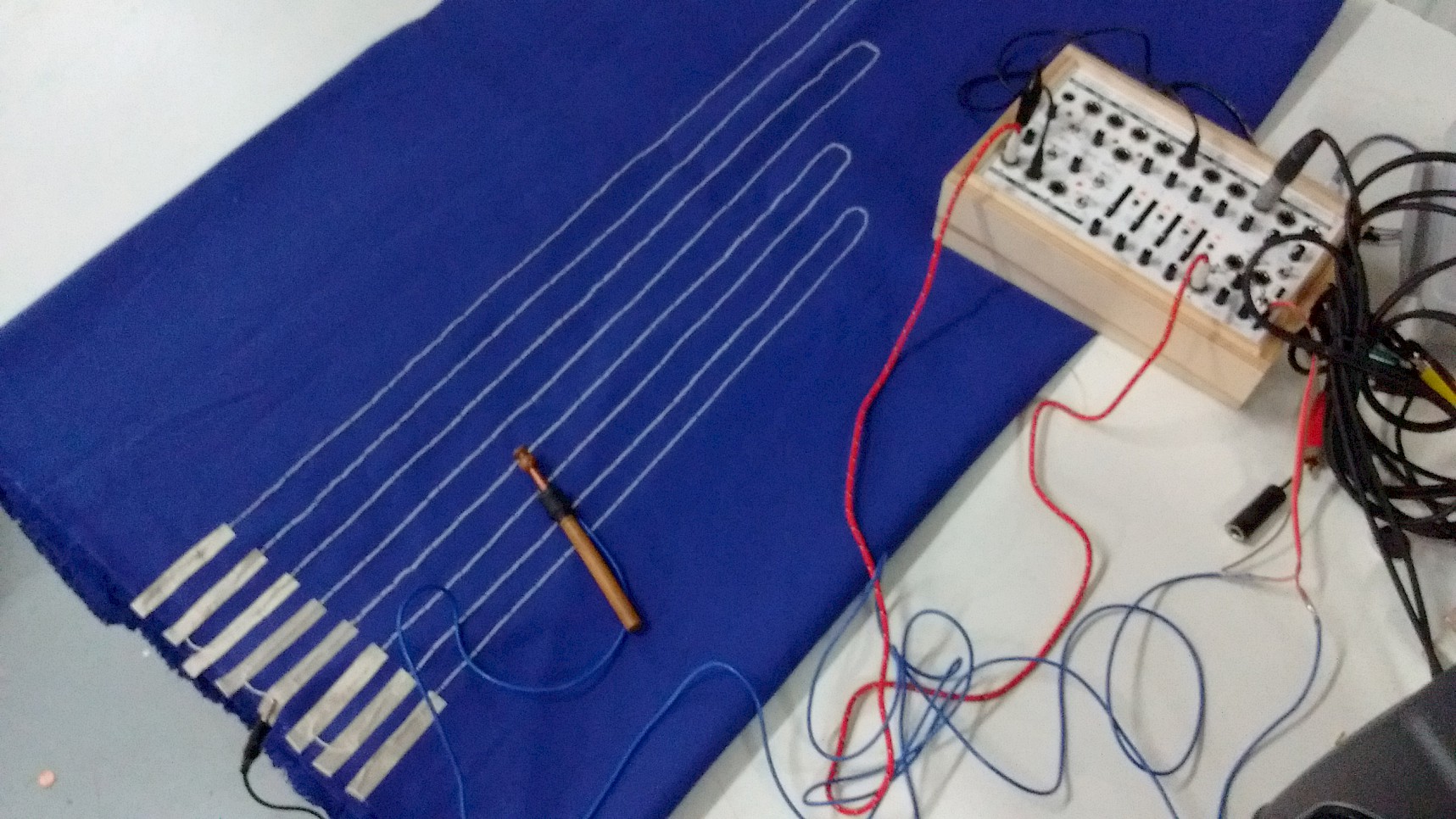
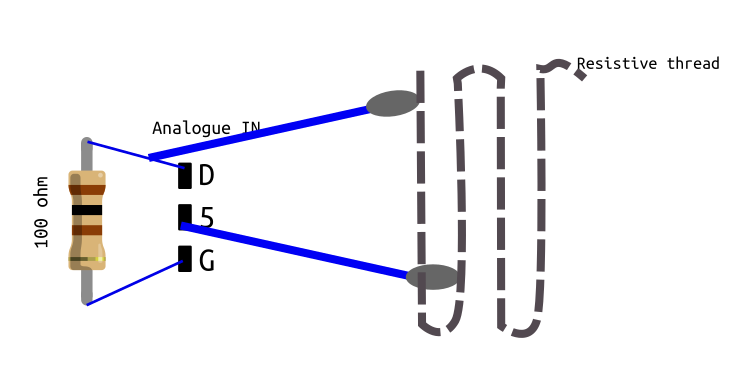
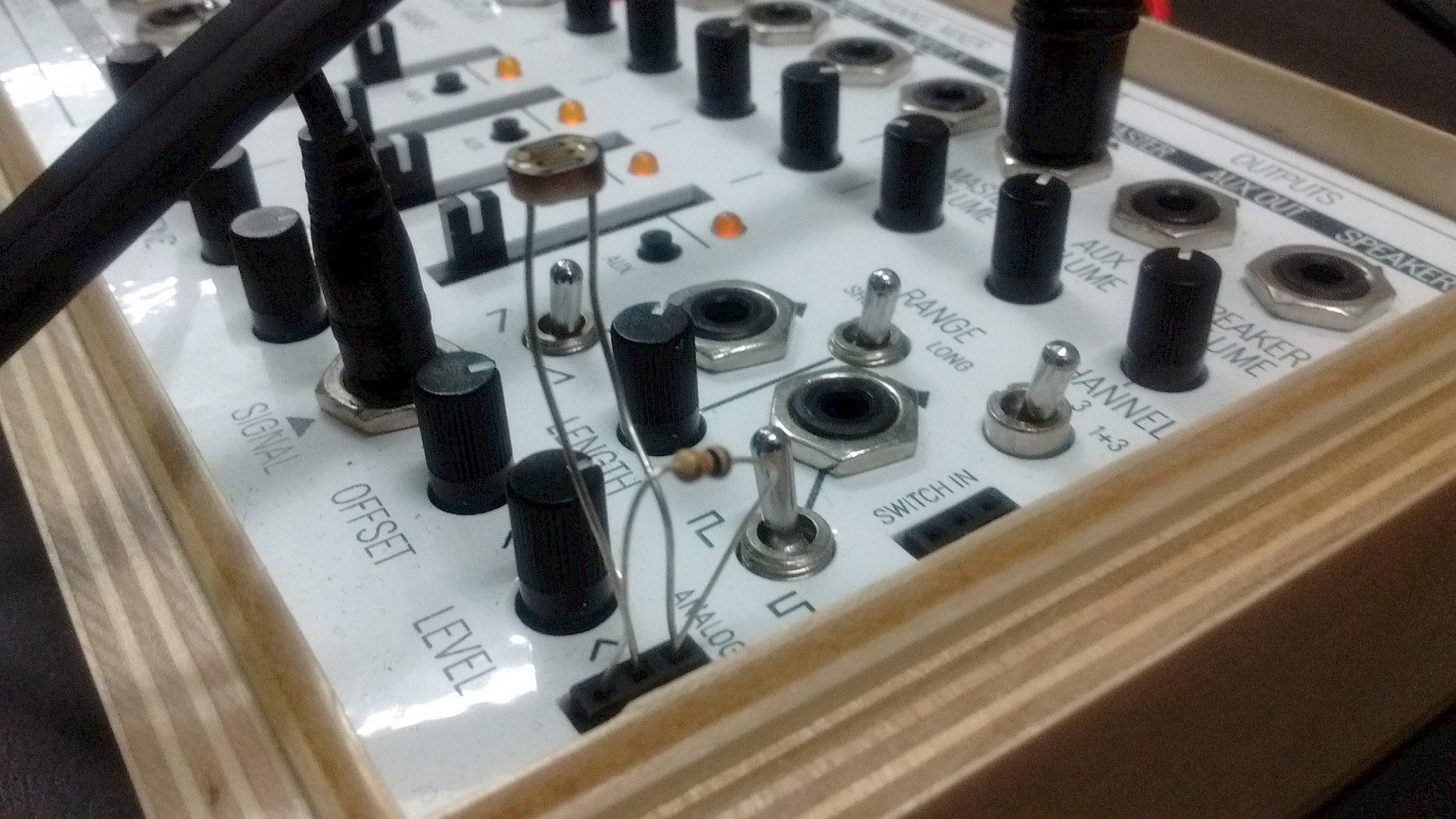
-
Circuit to filter frequencys
Filter freqencies too get rid of too much AM radio reception with LM386 amp.
"The input wires (together with the traces going to the input of the LM386, and LM386's own input capacitance) form a parasitic antenna + resonant LC tuning circuit, which, by chance, has a resonant frequency very close to the station frequency you're listening to. These signals are amplified by 20 (accordingly to your schematics). The small non-linearity of the 386 might act as AM demodulator.
A small capacitor (e.g 6.8 nF) will kill the incoming RF signal, by forming a low-pass filter with the two 1-k Ohm resistors (while passing the full 20kHz audio signal. Actually, if you connect both signals, i.e. if you don't leave one channel open, the bandwidth will be 40kHz). For best effectiveness, put that capacitor (and the two 1-k resistors) close to the input of the LM386."
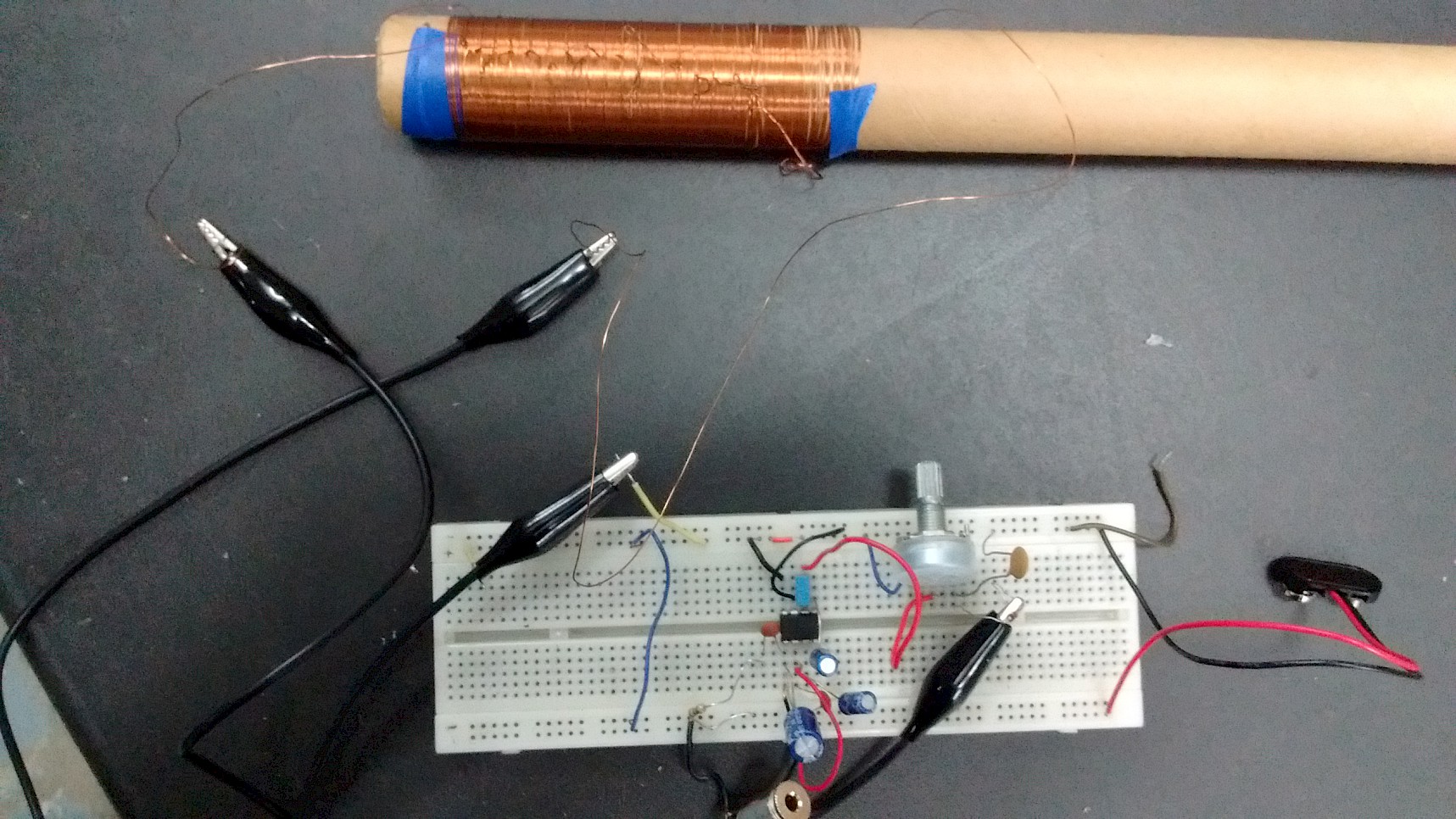
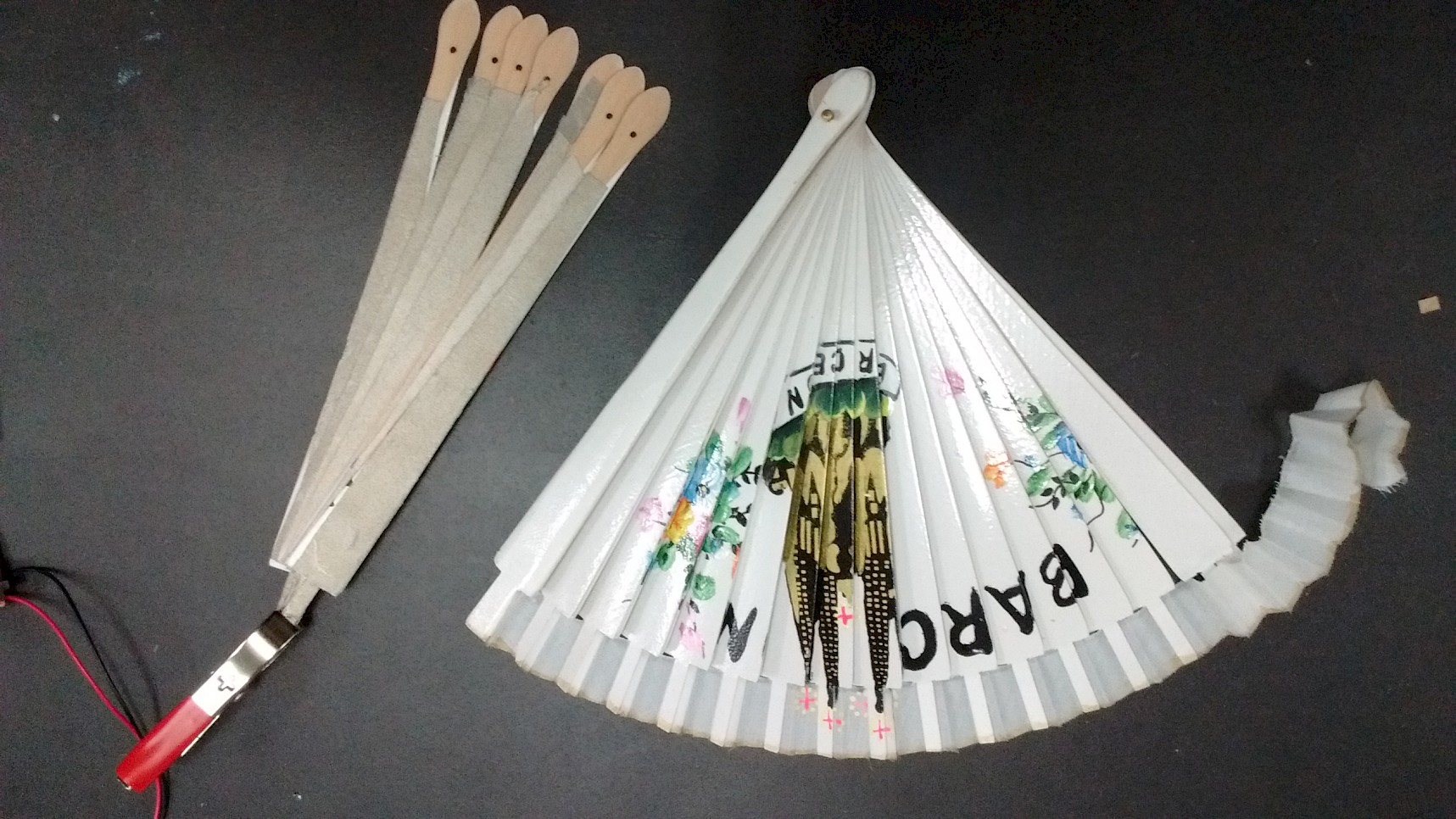
Antenna
Calculate spider web coil http://makearadio.com/coils/spider.php
Gauge calculator: https://www.rapidtables.com/calc/wire/awg-to-mm.html
Loop Antenna (for magnetic reception)
The antenna improves reception of weak or interfered stations in several ways.
- Radio signals consist of electric and magnetic waves, and while a longwire or dipole reacts to electric fields, the loop reacts to magnetic fields. Because interference of atmosphere or applications is electric, it is ignored by the loop.
- The loop is quite directional, and you can pull in a remote station A that is overshouted by a closer or stronger station B (on the same or an adjacent channel) by nulling out B.
- The tuning circuit is sufficiently selective to ensure that the resonance is appreciably stronger for the chosen frequency than it is for adjacent channels; this is a great help in reducing Adjacent Channel Interference (ACI).
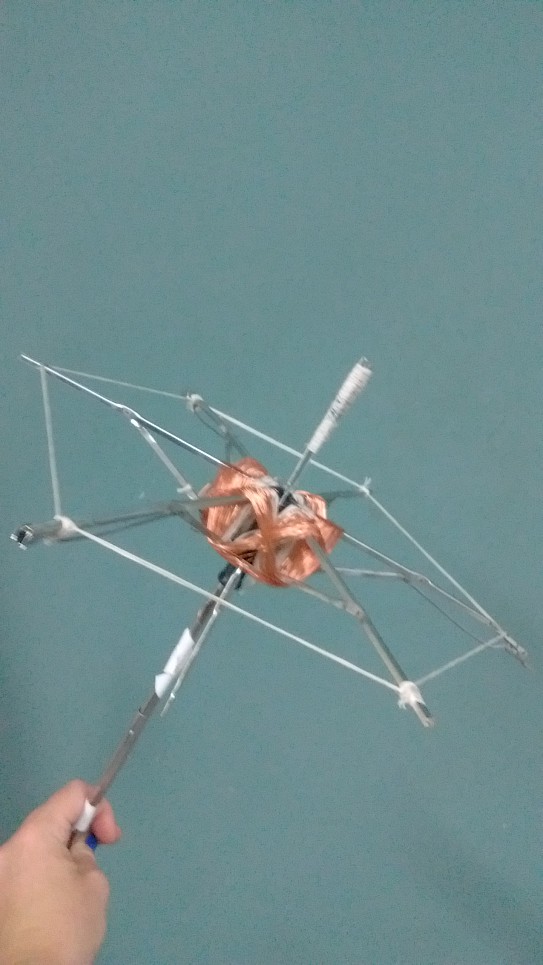
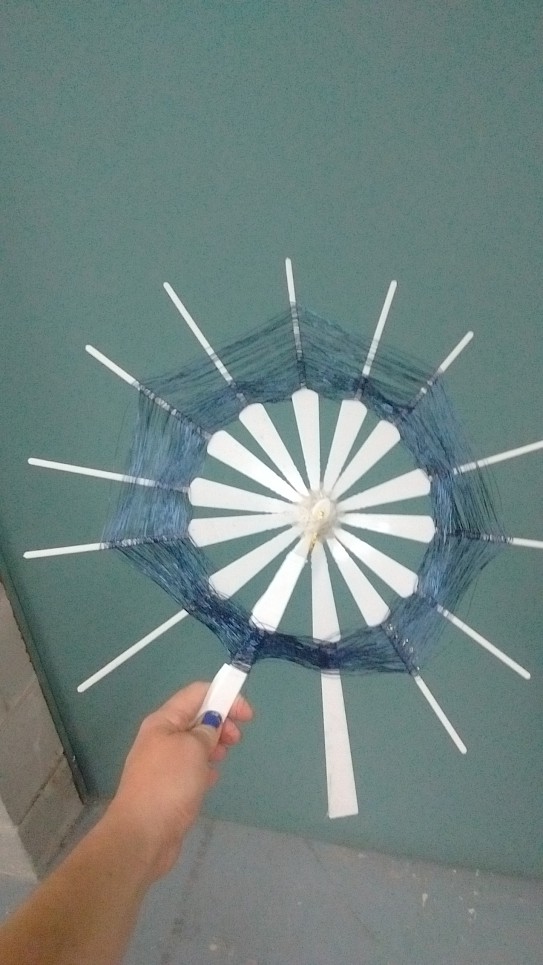
Calculate the desired frequancy for an optimal antenna reception
The theory for calculating the loop is very simple.The circumference of a magnetic loop is 1/4 wave of the designfrequency.
Example for 14 MHz.
300 / 14 MHz = 21.428 m is 1 wave
21.428 / 4 = 5.357 m is 1/4 wave circumference
5.357 / 3.14 = 1.706 m diameter.
The recommendations are that you can tune the loop from the design frequency to the frequency divided by 2 to keep the effiecency acceptable.
14 MHz / 2 = 7 MHz
-
Using trees as antennas http://w5jgv.com/tree_antenna/
Frequency Allocations
freq allocation EU http://www.rfcafe.com/references/electrical/rf-freq-allo-euro.htm
https://www.ecodocdb.dk/download/2ca5fcbd-4090/ERCREP025.pdf
Wearable Sound Workshop
2 days workshop with Merche to make a wearable synth and antennas
